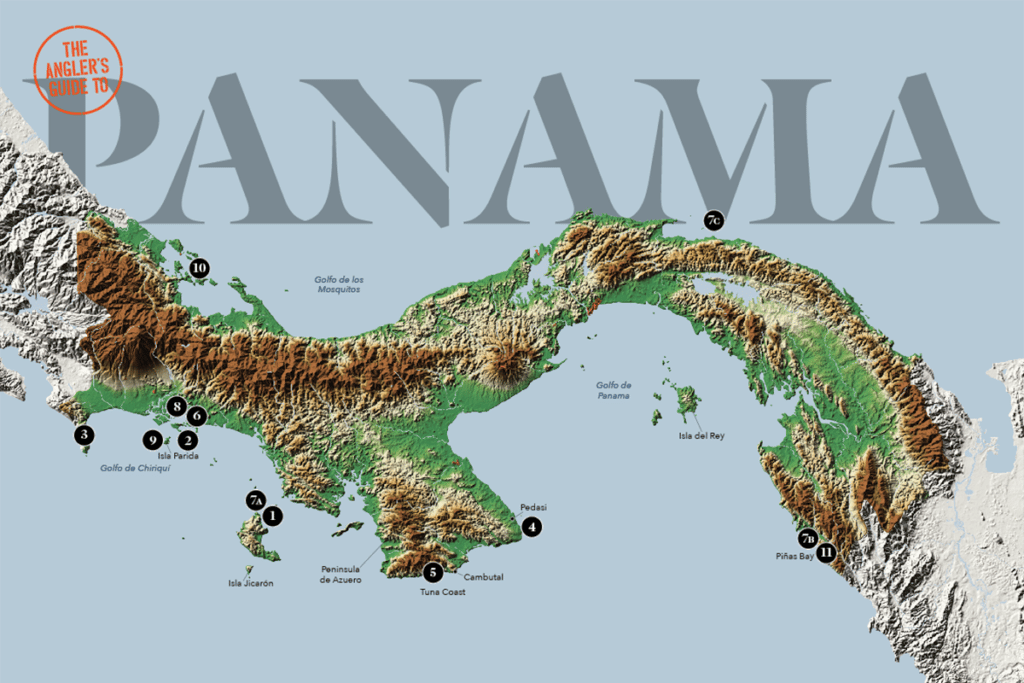
Panama Resorts by the Numbers
Most serious saltwater anglers in the United States (and beyond) probably fall into one of three categories, I suspect: those who would like to fish Panama, those who are planning to fish Panama, and those who have been there and are already making arrangements to go back.
When it comes to fishing trips to Panama, I have to plead mea culpa many times over; that experience allows me to feel confident saying that without question, Panama has become one of the world’s very top destinations for saltwater fishermen.
Why should that be so? Six reasons come to mind (most applying to the Pacific, though outstanding fishing is available on its Caribbean coast as well).
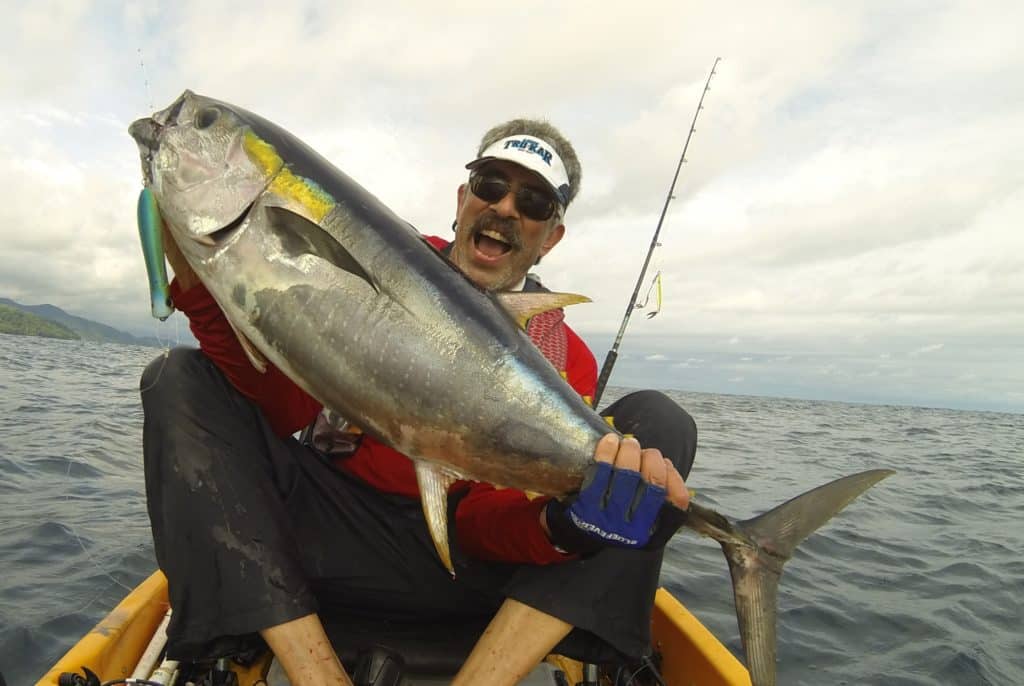
WORTH THE TRIP
Reason 1: Panama’s Great Variety of Game Fish
Notching marks for marlin, sailfish, yellowfin tuna, roosterfish and cubera snapper in one trip is not only feasible but also common. Add to the list wahoo, mahi, bluefin trevally, snook (and increasingly Atlantic tarpon migrants), grouper, amberjack and almaco, and quite a few more.
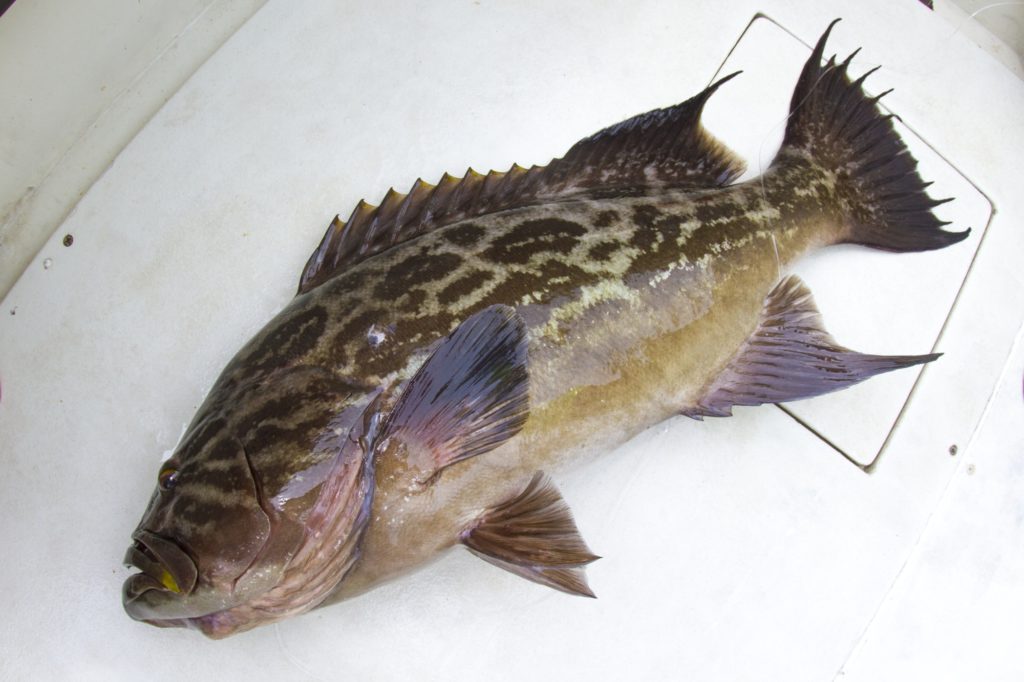
Reason 2: Panama’s Trophy Fish
An awful lot of those “fish of a lifetime” have been taken along Panama’s coast, from marlin more than 500 pounds to 200-plus-pound yellowfin tuna and roosters 70 pounds and more. A check of the IGFA World Record Game Fishes book shows Panama with multiple records for a number of game-fish species, including mahi (11 records), black marlin (four), roosterfish (six), rainbow runner (nine), Pacific sailfish (12), mullet snapper (16), Pacific cubera snapper (14), Pacific snook (four) and many others.
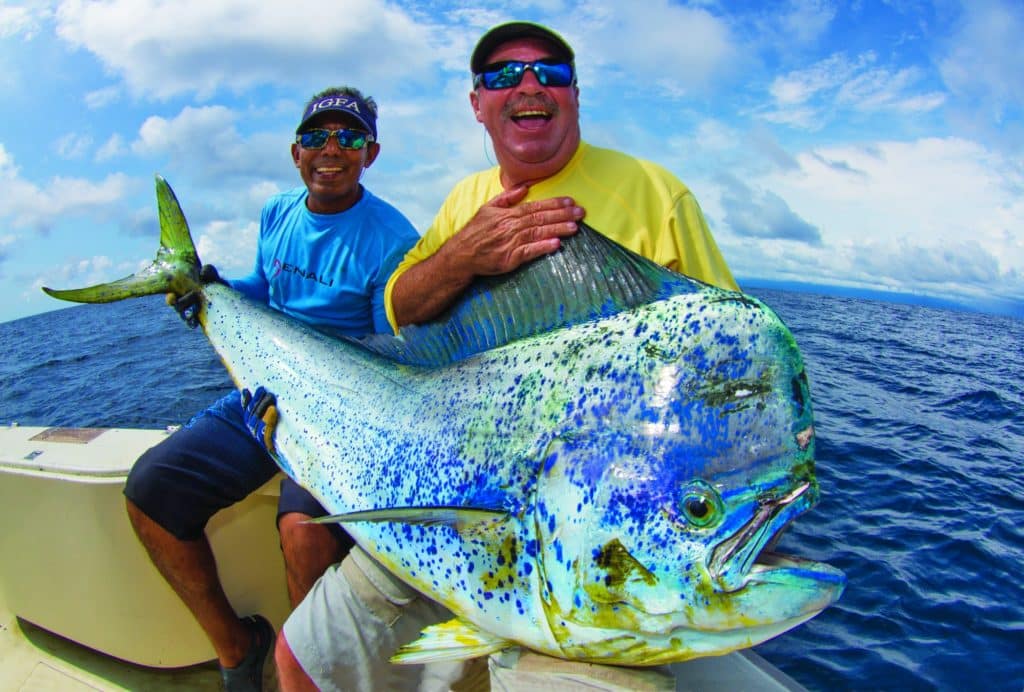
Reason 3: Panama’s Productive Coastal Waters, Islands and Seamounts
Big-game pelagic enthusiasts enjoy some of the world’s most consistent action around renowned seamounts like Hannibal and Zane Grey banks. The waters around islands such as Coiba, Jicaron, Montuosa, Secas and Las Perlas are well known for action from wahoo, trevallies, snappers, sierra and more. Fishing along the country’s coastline offers action from riverine estuaries to blue water offshore. Many areas offer pelagics surprisingly close to shore.
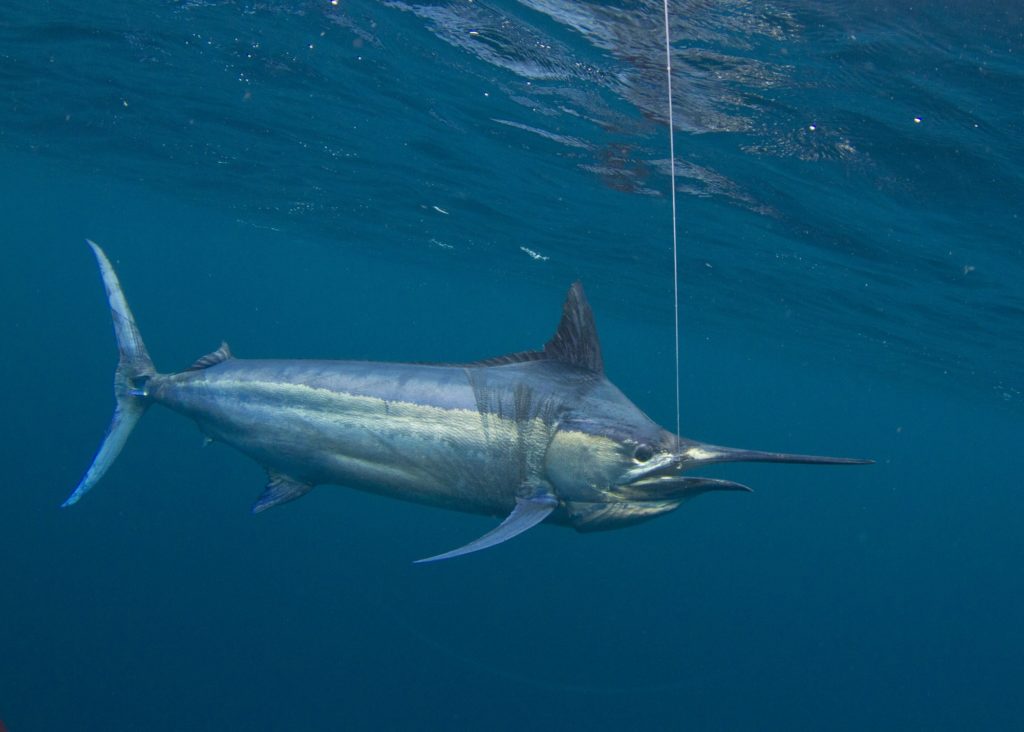
Reason 4: Panama’s Calm Waters
While the Pacific isn’t always flat, of many trips here, I’ve never had one blown out, and on a majority of days out, the ocean has been calm.
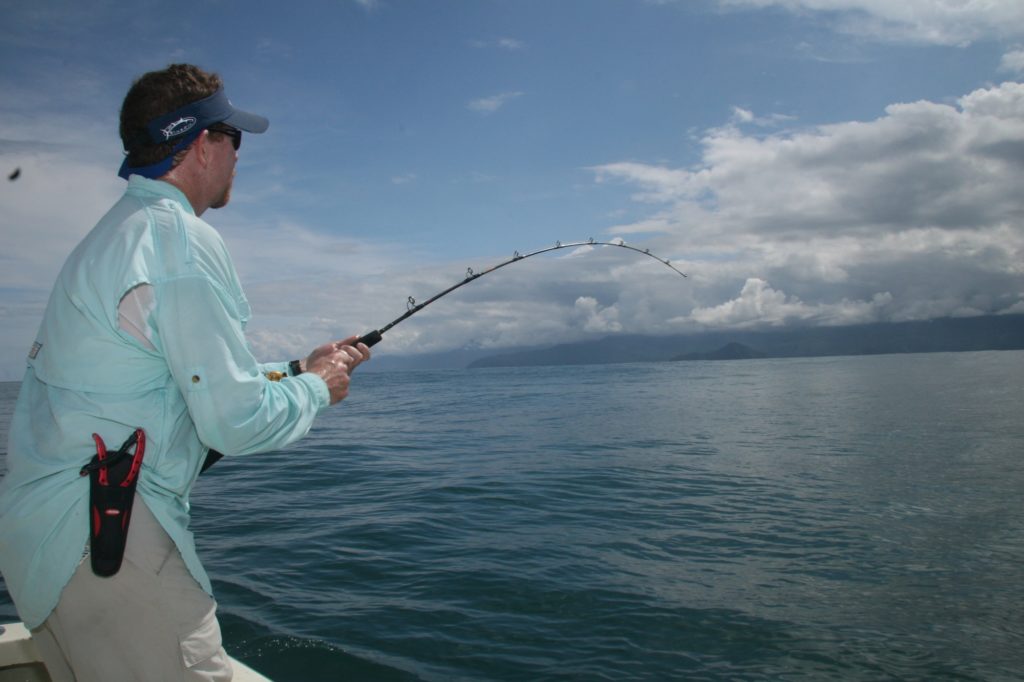
Reason 5: Panama’s Ease of Entry and Access
Panama’s Tocumen Airport is Central America’s busiest and largest, the only one with two active runways. Getting to Panama City isn’t a crazy-long flight from most of the United States (from Miami, it’s less than three hours). The country is served by Air Canada, Air France, American, Copa, Delta, KLM, Lufthansa, United and others. Local air service extends to most part of the country. No visa is required for U.S. citizens.
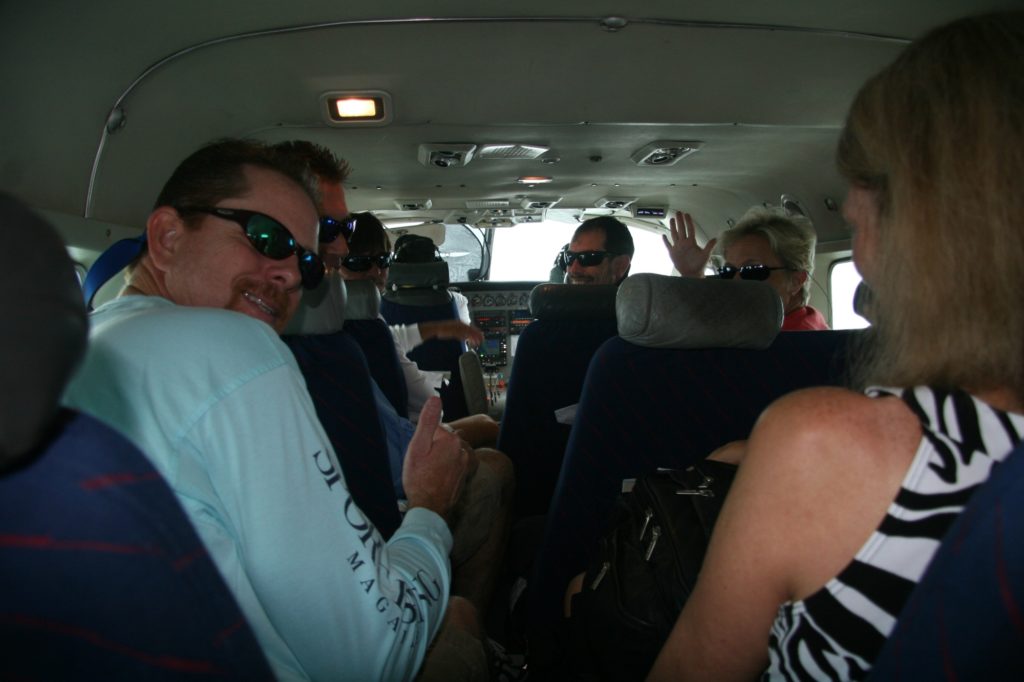
Reason 6: Panama’s Profusion of Coastal Fishing Resorts
Another convenience for those planning to fish Panama is manifested in this feature: It has a wealth of great coastal resorts that cater mostly or exclusively to sport fishermen. Anglers can choose from various locations on both coasts and from a range of prices and styles (land-based, floating barges, large motherships).
Pretty much all of the 11 operations spotlighted in coming pages in this gallery are geared up to target anything and everything, whether anglers are after big pelagics or nearshore game fish.
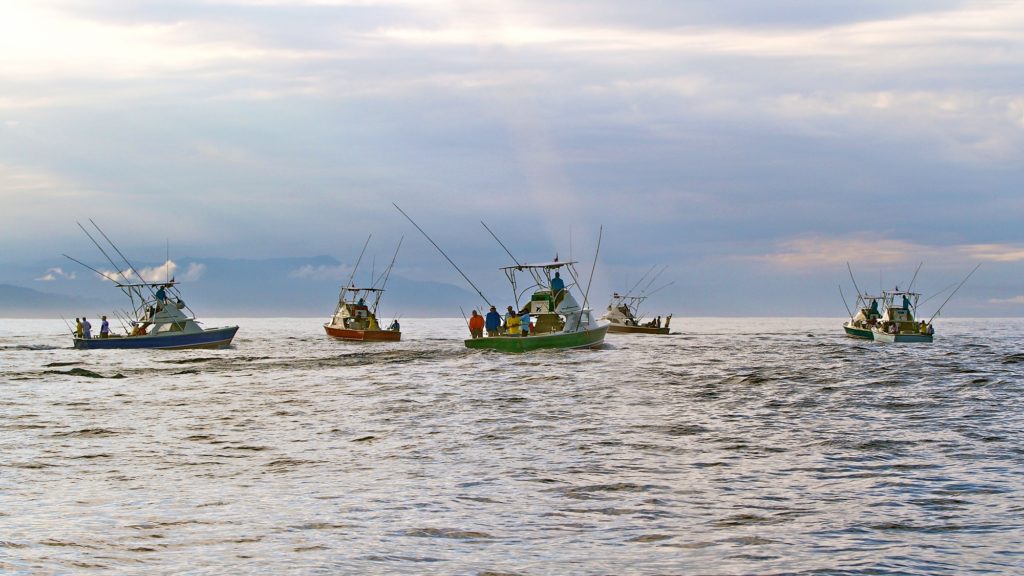
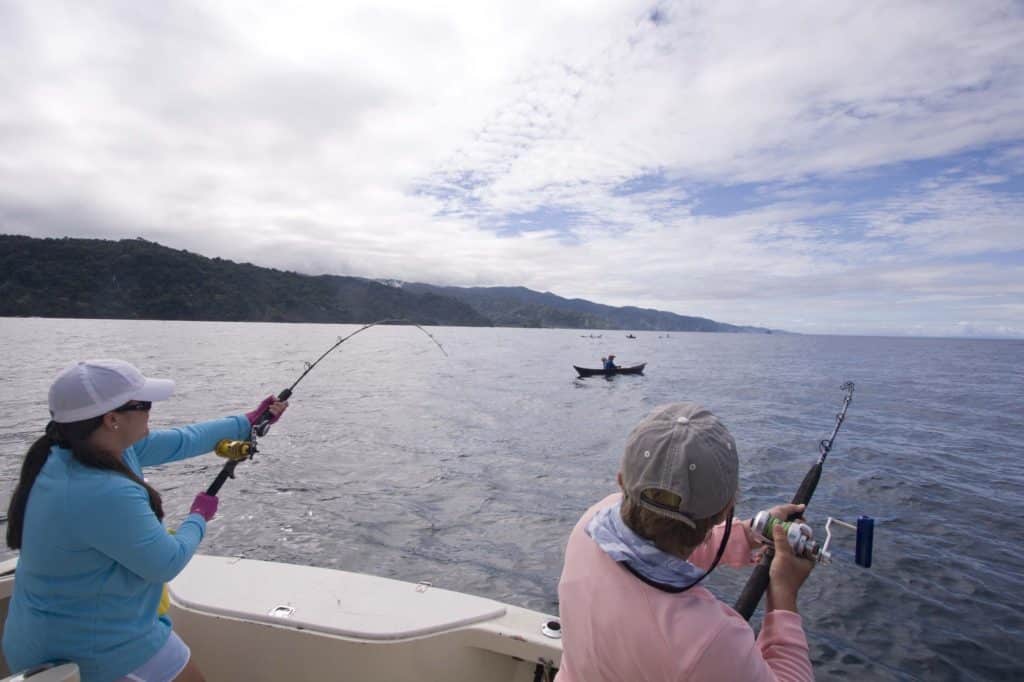
Sport Fishing‘s Comparative Guide to Panama Fishing Resorts
The decision isn’t whether or not to go to Panama: If you’re all about memorable action, you’ll go. The tough decision is which of many fine resorts will best fit your needs and finances, and toward that end, this unique Sport Fishing comparative guide should help.
Catch ‘em up! (Lodges are listed alphabetically. Because prices are time-sensitive, please check with each lodge for updated rates.)
COIBA ADVENTURE (800-800-0907)
Coiba Adventure is the only operation based on Coiba Island, where it has been since 1998, giving it unique immediate access to the Gulf of Chiriquí’s most renowned spots. Owner/skipper Tom Yust has been guiding in these waters since 1991.
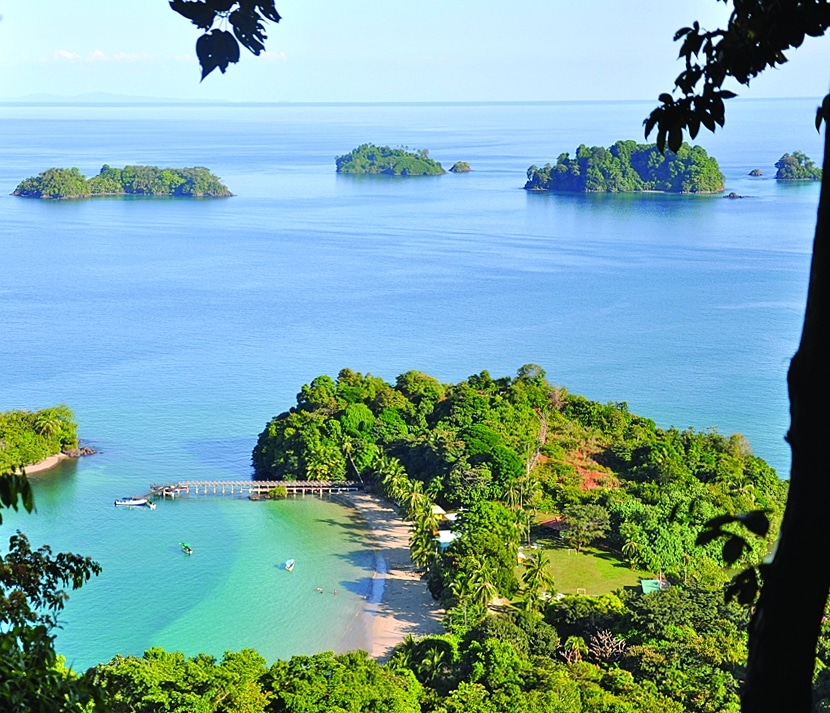
From Panama City: A chartered one-hour flight takes anglers directly to Coiba Island.
Accommodations: Two cabins, up to eight guests; typically one group of four at a time.
Sport-Fishing Fleet: Bertram 31 with twin 240 diesels, and a 22-foot Mako with 225 Suzuki (for both offshore and nearshore).
Tackle: Conventional — Shimano Tiagras (chair rods) and Penn and Shimano 50s with heavy braid for big bottomfish, and Talicas on Terez rods with light braid; spinning — Shimano and Penn reels in various sizes with braid.
Primary Fishing Grounds: Coiba Island, Hannibal Bank, and Montuosa and Jicarita islands.
Distance to Fish: Nearly all areas are within a 5- to 60-minute run of camp.
Season: Open year-round, but June through December the preferred period.
Comments: The Coiba National Park includes more than 30 uninhabited islands protected from commercial harvest; their location makes access difficult for many other sport-fishing boats.
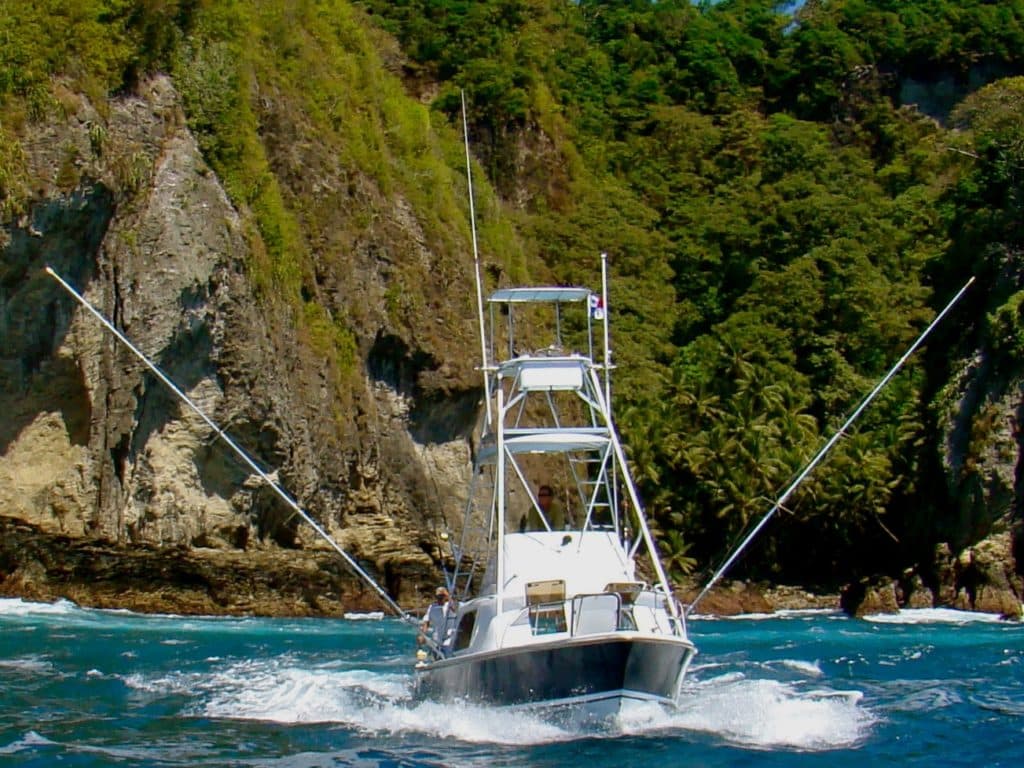
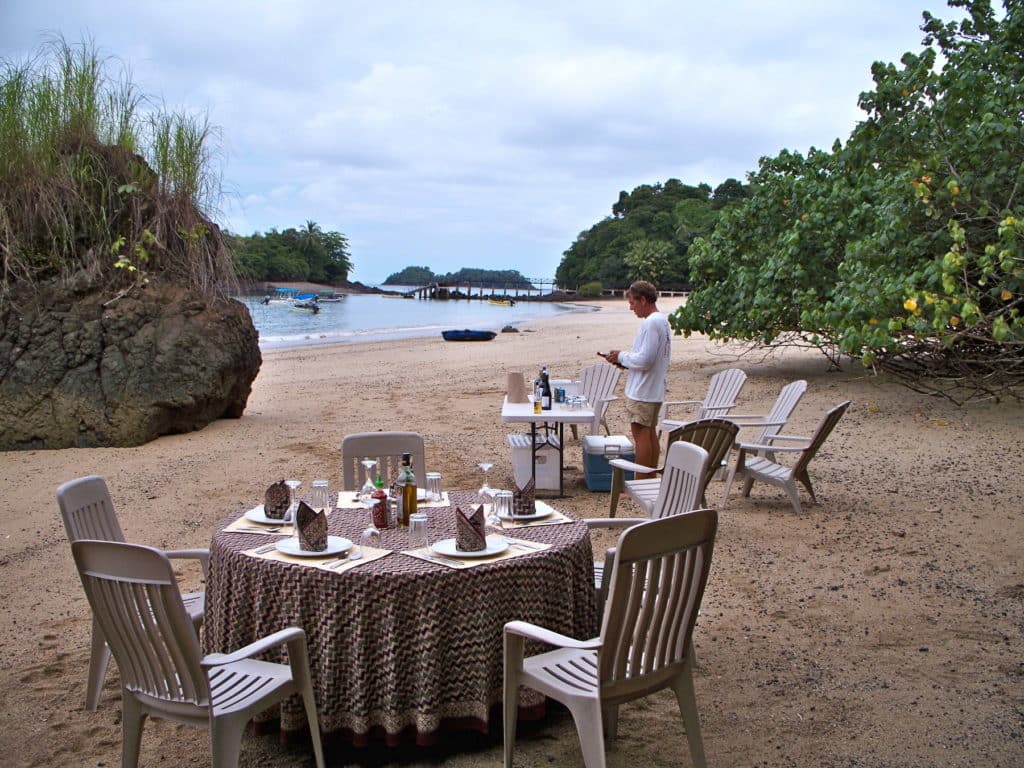
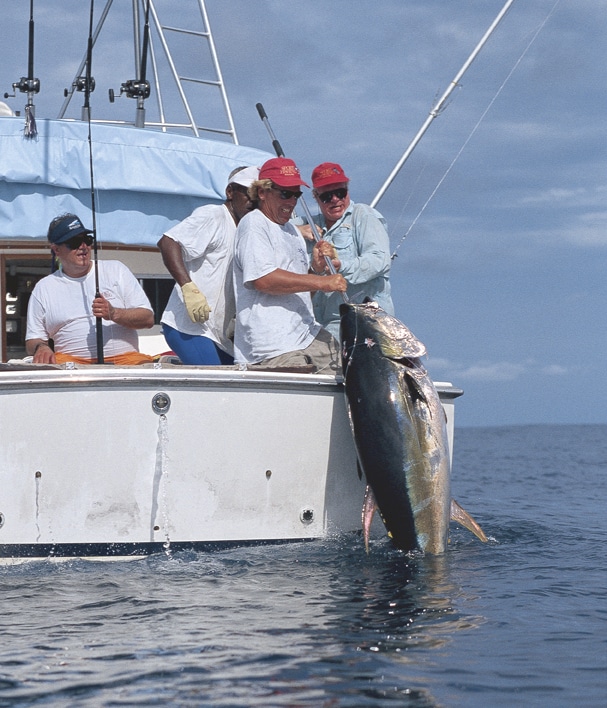
COME FISH PANAMA (888-497-4311)
Come Fish Panama is located at Boca Chica, near David, less than 50 miles east of Panama’s border with Costa Rica. Its first year of operation was 2009. Contact Kerry Leggett, owner, captain and avid angler.
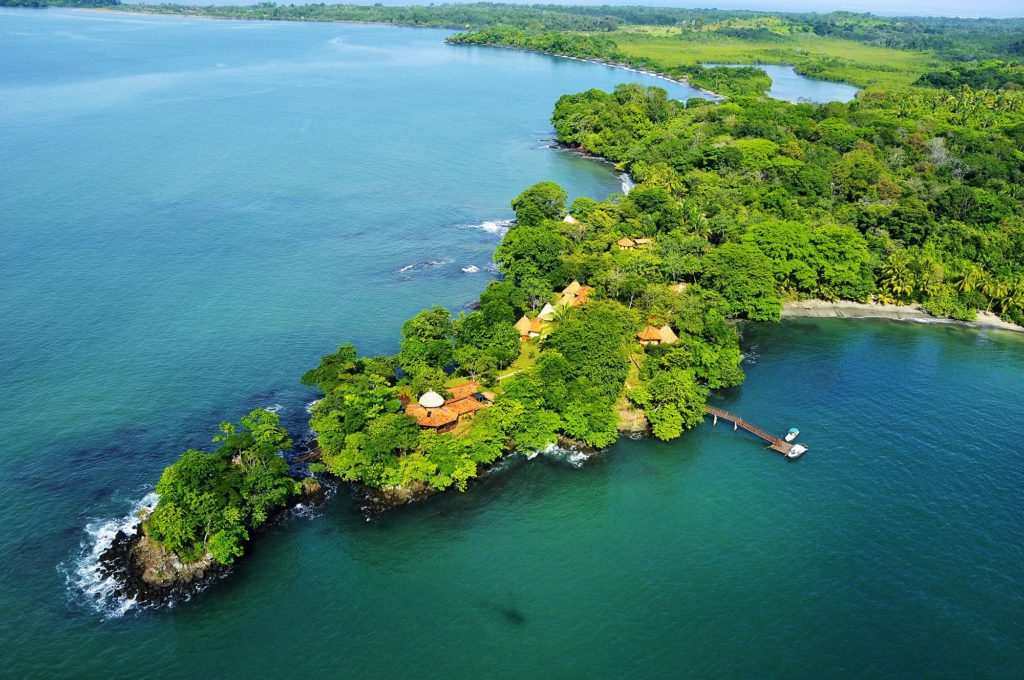
From Panama City: A 45-minute flight to David (from Tocumen or Albrook airports) or a 6 ½-hour drive. From David, Come Fish Panama arranges the short ride to one of the lodges it uses.
Accommodations: 20 rooms in total; 28 guests maximum.
Sport-Fishing Fleet: 39-foot custom walkaround sport-fisher, 31-foot Pursuit center-console with twin Yamaha 225s, 31-foot Eduardoño center-console with twin Yamaha 225s, and 29-foot Pursuit center-console with twin Yamaha 225s.
Tackle: Reels — Stella, Saragosa, Tiagra, Torsa, Tranx and others; Rods — Shimano, Ocean Tackle International (OTI) for popping and jigging, and Seeker marlin and tuna rods.
Primary Fishing Grounds: The Gulf of Chiriquí including Hannibal Bank and the gulf’s many islands, plus estuaries west of Boca Chica.
Distance to Fish: Most inshore/nearshore fishing is a run of 5 to 30 miles; the best offshore fishing is 35 to 55 miles from the lodges.
Season: Open December through August.
Comments: Come Fish Panama arranges for clients to stay at any of three different lodges.
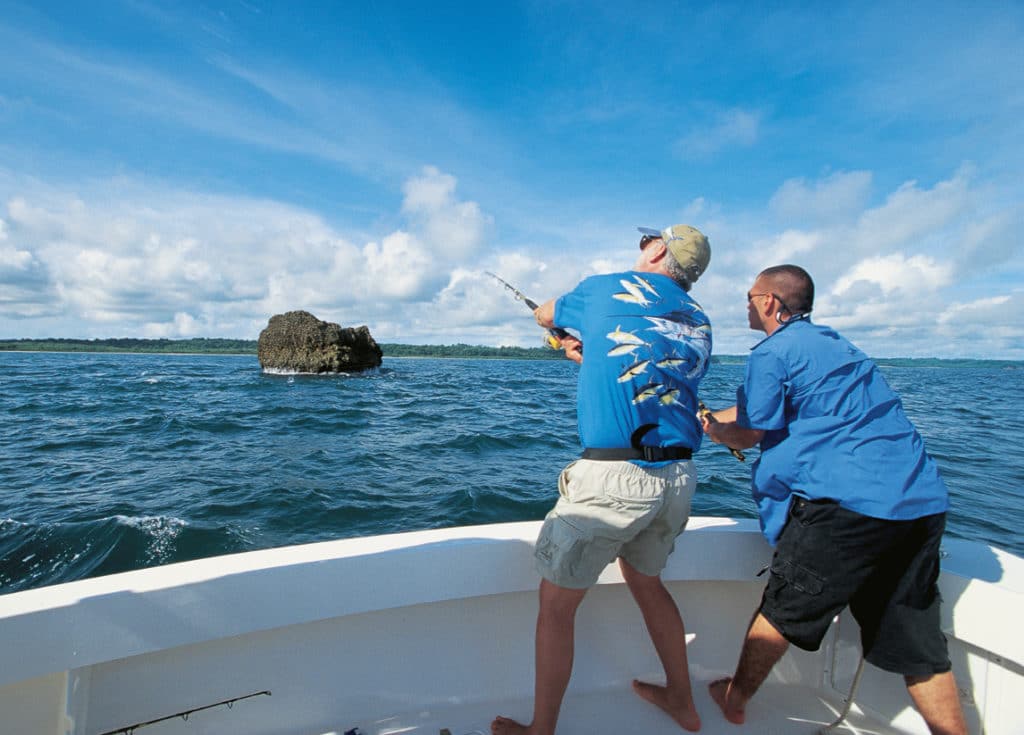
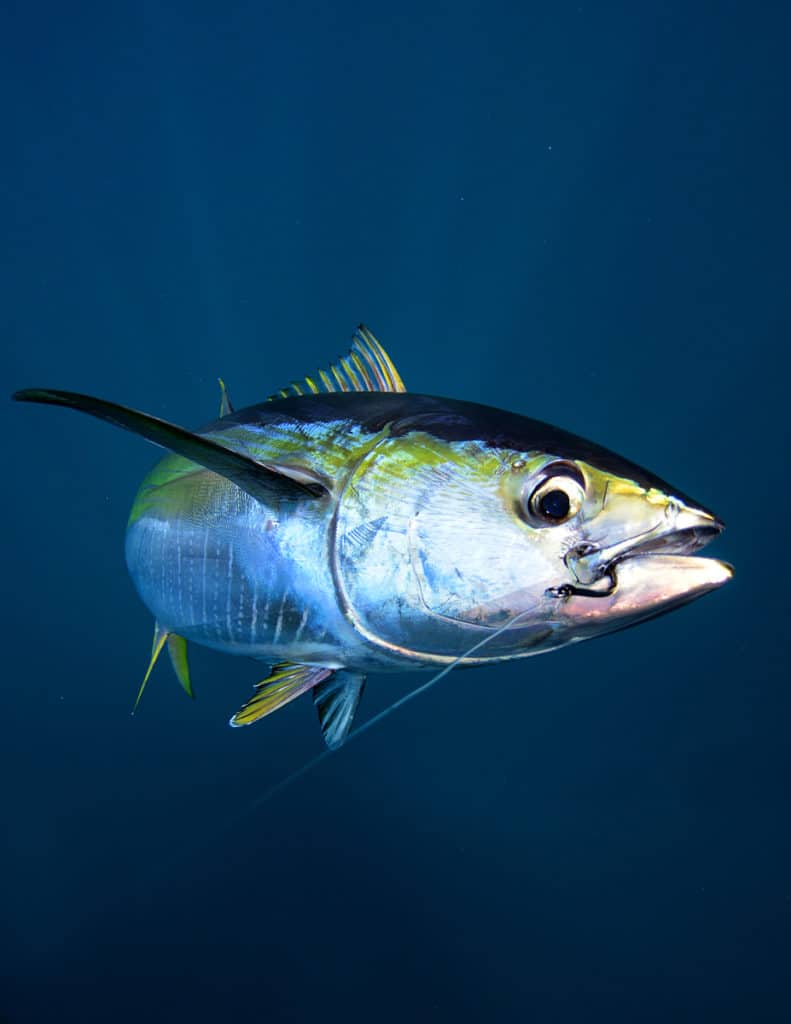
HOOKED ON PANAMA (888-733-5368)
Aqua Adventures’ Hooked on Panama is the easternmost of all operations listed, located on the small peninsula that separates Costa Rica from Panama. The lodge opened in 2005. Contact Fred Stephens, U.S. reservations manager.
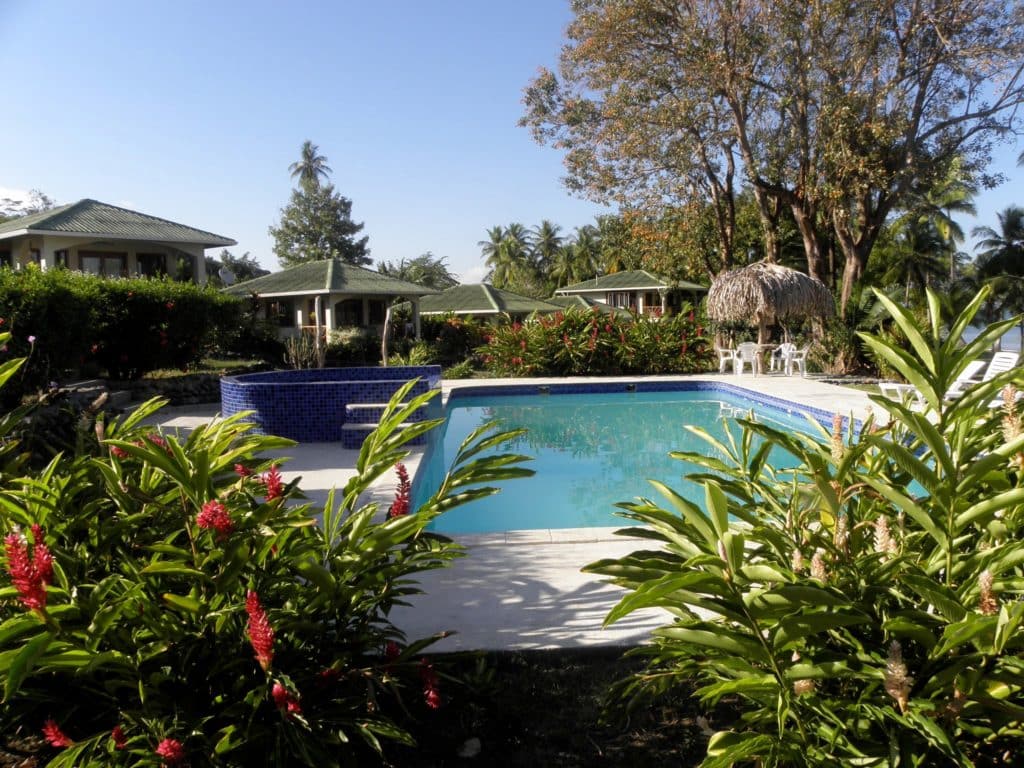
From Panama City: Fly to David, and then it’s a two-hour drive to the lodge.
Accommodations: 12 double-occupancy ocean-view bungalows for up to 24 guests.
Sport-Fishing Fleet: Three 35-foot Deepsport boats with 12-foot beam and twin turbo-diesel engines.
Tackle: Shimano conventionals with 30- to 80-pound mono for trolling, live-baiting; Shimano spinners for popping. (Reel models not specified.)
Primary Fishing Grounds: Nearshore, most often around Punta Barica and Islas Ladrones.
Distance to Fish: Typically five to 20 miles to fish coast and out to Ladrones; offshore trolling can begin within 10 miles of the lodge.
Season: Open all year. (Late November through April best for billfish; April through August for yellowfin.)
Comments: The beachfront lodge sits amid a large grove of tropical trees in a parklike setting.
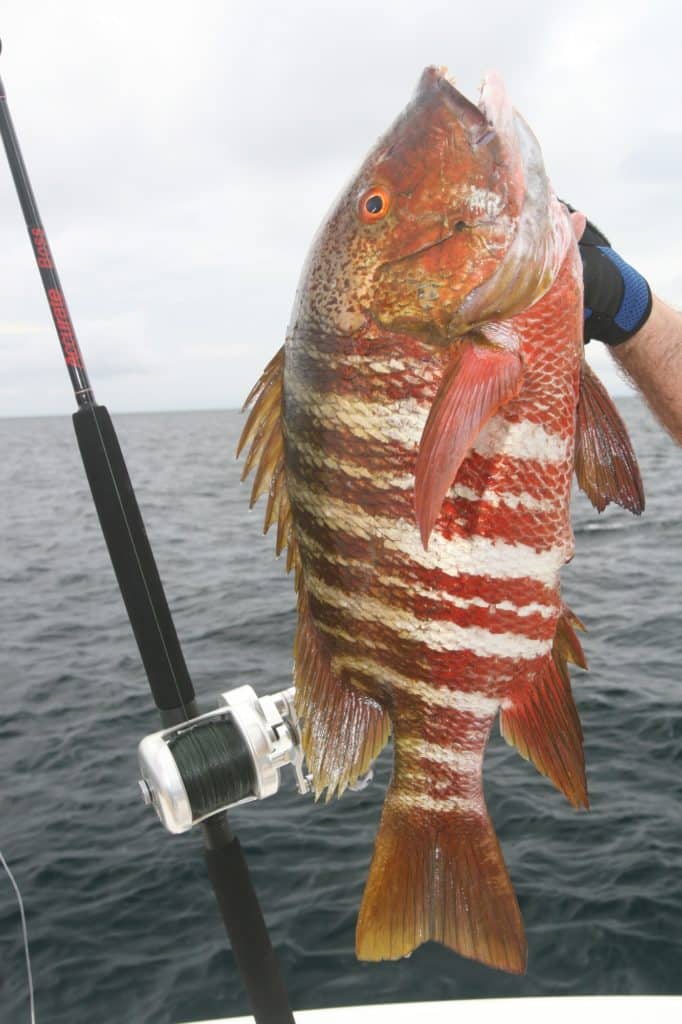
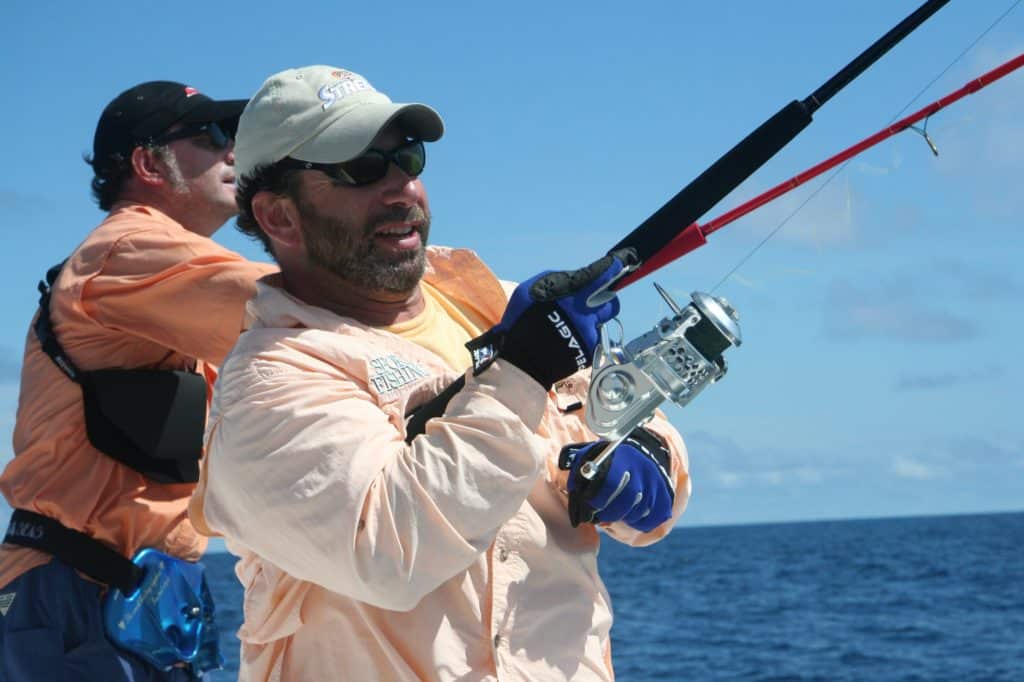
PANAFISHING ADVENTURE (011-507-6498-1503)
The Panafishing lodge, open since 2006, is near Pedasi on the Azuero Peninsula. Contact Pierre-Andre Demauge, the owner.
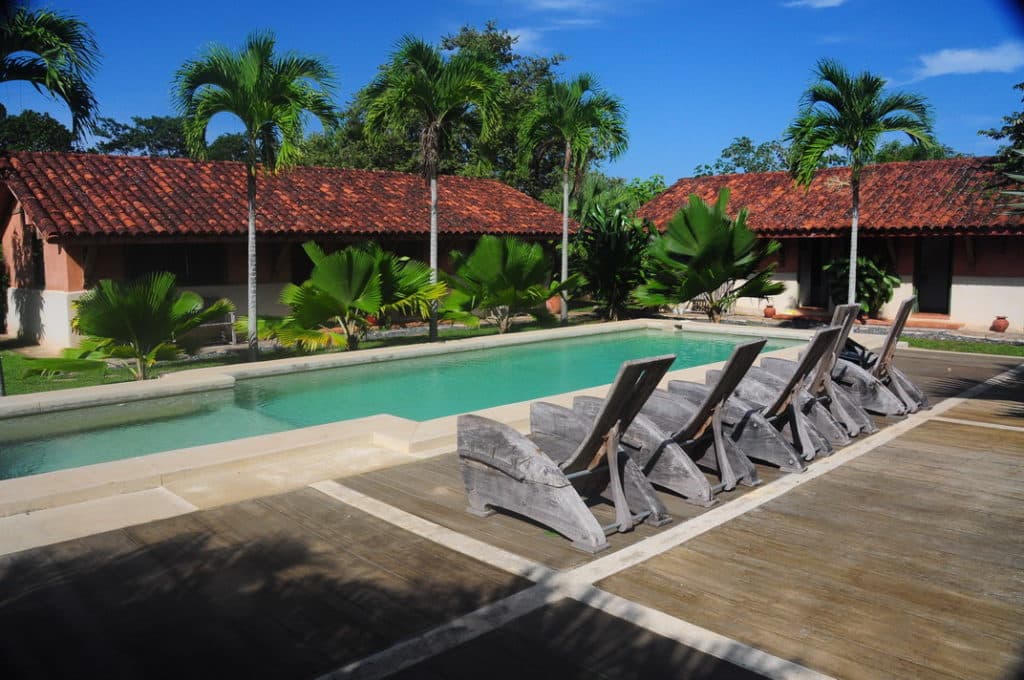
From Panama City: Fly (Wednesdays, Fridays and Sundays only) to Pedasi in 45 minutes or arrange with the lodge for a five-hour van ride.
Accommodations: Four rooms accommodating up to 11 guests in total.
Sport-Fishing Fleet: Two 25-foot Caribe Pro center-consoles with twin Suzuki 70s, and two 26-foot Twin Vee center-console cats with twin Suzuki 140s.
Tackle: Many anglers bring gear, but the resort offers Shimano Stella and Saragosa reels with Smith Ichiban or Black Hole rods for popping and jigging. Reels are spooled with 50-, 65- and 80-pound Jerry Brown braid.
Primary Fishing Grounds: Up and down the eastern and southern coasts of the Azuero Peninsula, including river mouths, submerged and emergent rock piles and wrecks, and blue water (typically near the coast) when yellowfin are on.
Distance to Fish: For coastal game fish, anywhere from five minutes to two hours in either direction. For tuna, usually 10 to 30 miles.
Season: Open October through July. (January through May best for topwater action and feeding frenzies nearshore; summer and fall similar, but better odds for yellowfin tuna fishing offshore.)
Comments: Panafishing specializes in jigging and popping. A lot of very big roosters are taken in the area, and of course there’s the aptly named Tuna Coast just to the south. A lack of other fishing resorts or large marinas in the area keeps competition minimal.
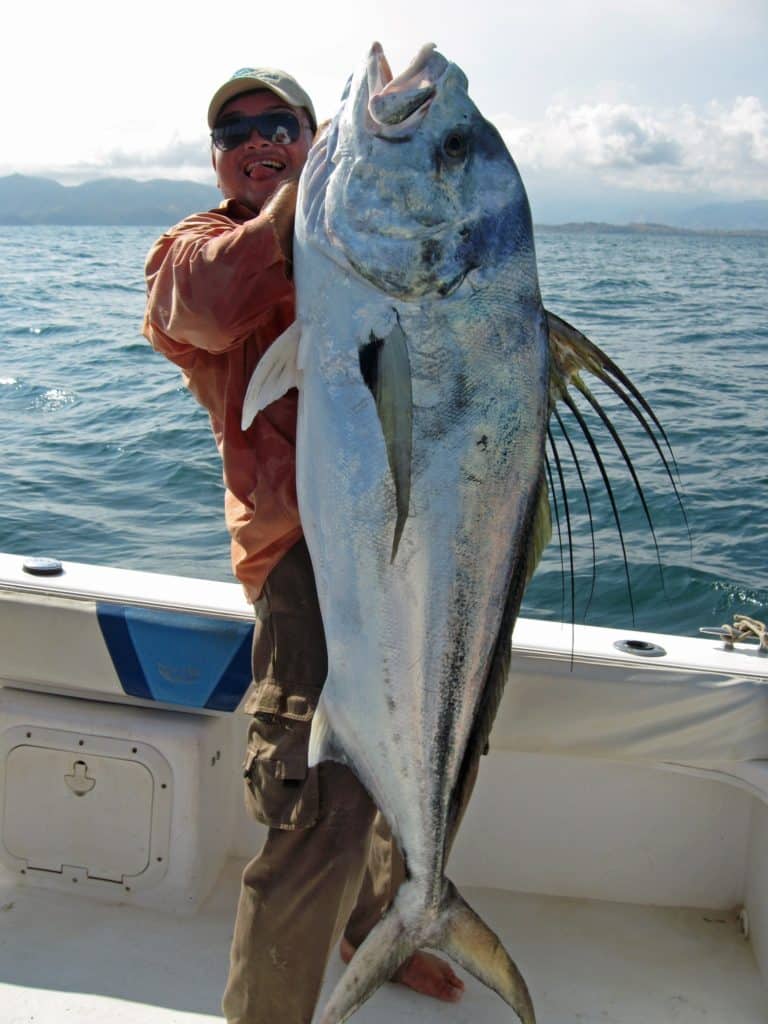
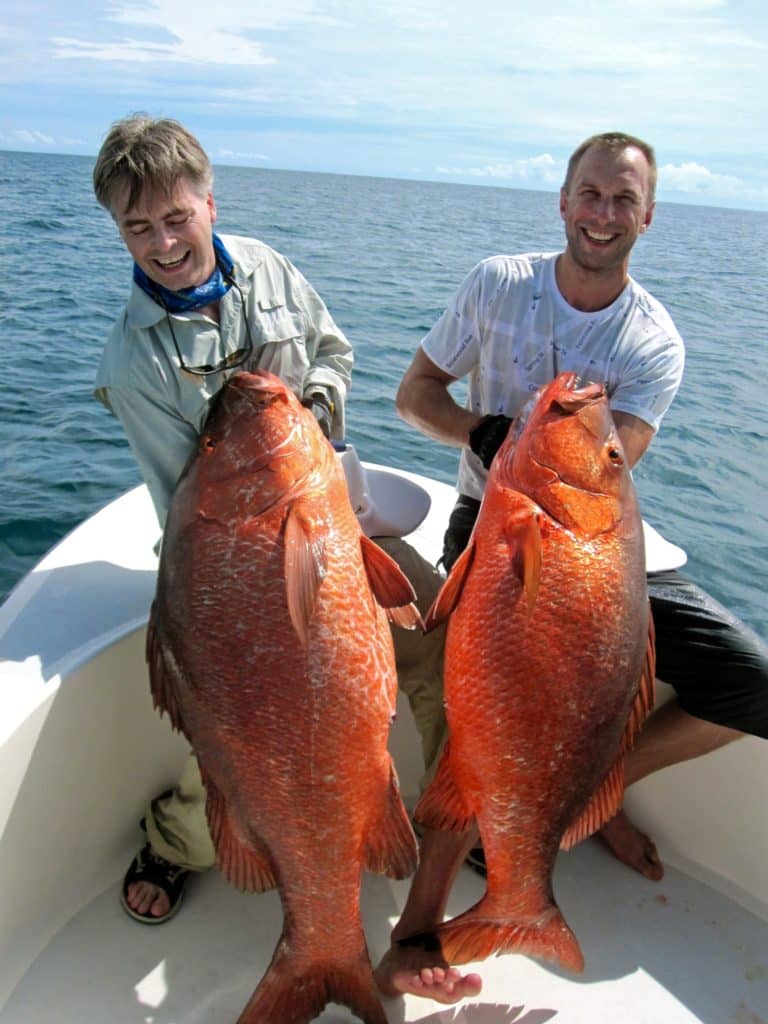
PANAMA KAYAK ADVENTURE (011-507-6322-2855)
The name Panama Kayak Adventure tells the story of this operation, which began in 2013. The wilderness camp has been carved out of the remote jungle wilderness in the heart of the Tuna Coast on the lower Azuero Peninsula. Contact Pascal Artieda, owner/operator and kayak-angling fanatic.
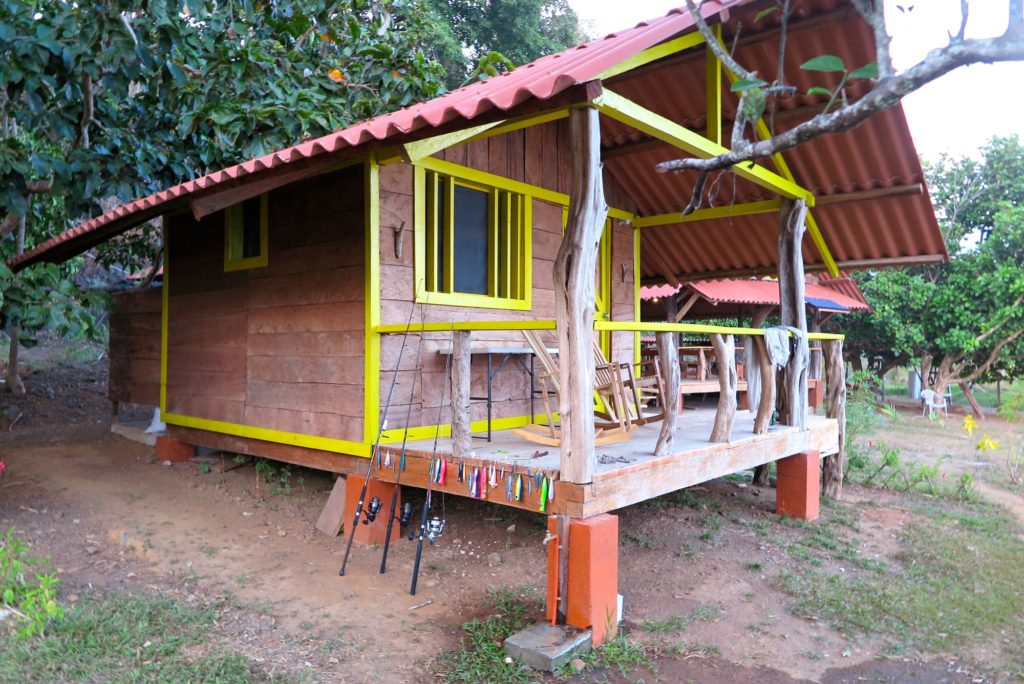
From Panama City: Artieda will arrange a van for the five-hour drive to Cambutal, the end of the road at the bottom of the peninsula, where a panga will meet you for the one-hour ride to the camp.
Accommodations: Four new bungalows that sleep two each.
Sport-Fishing Fleet: Seven Hobie kayaks (four Outbacks, two Pro Anglers, one Revolution) and two super pangas (23- and 27-foot).
Tackle: Most bring their own favorite gear, but Shimano Saragosa outfits available with 60-pound braid for rental at $25 per day.
Primary Fishing Grounds: The Tuna Coast in the vicinity of the camp, both along the rocks and farther out for both coastal and blue-water game fish.
Distance to Fish: From right in front of the camp to several miles up, down or away from the coast. Tuna are often caught within a half-mile of shore. Sometimes Artieda will “mother-skiff” anglers and kayaks to more distant areas using the pangas; in any case, a skiff remains in proximity of kayakers when on the water.
Season: December through June.
Comments: A unique chance to experience some of the country’s most exciting fishing and some of its most remote coastal jungle wilderness at a bargain price. Most of the effort involves slow-trolling live bait, casting poppers and working jigs.
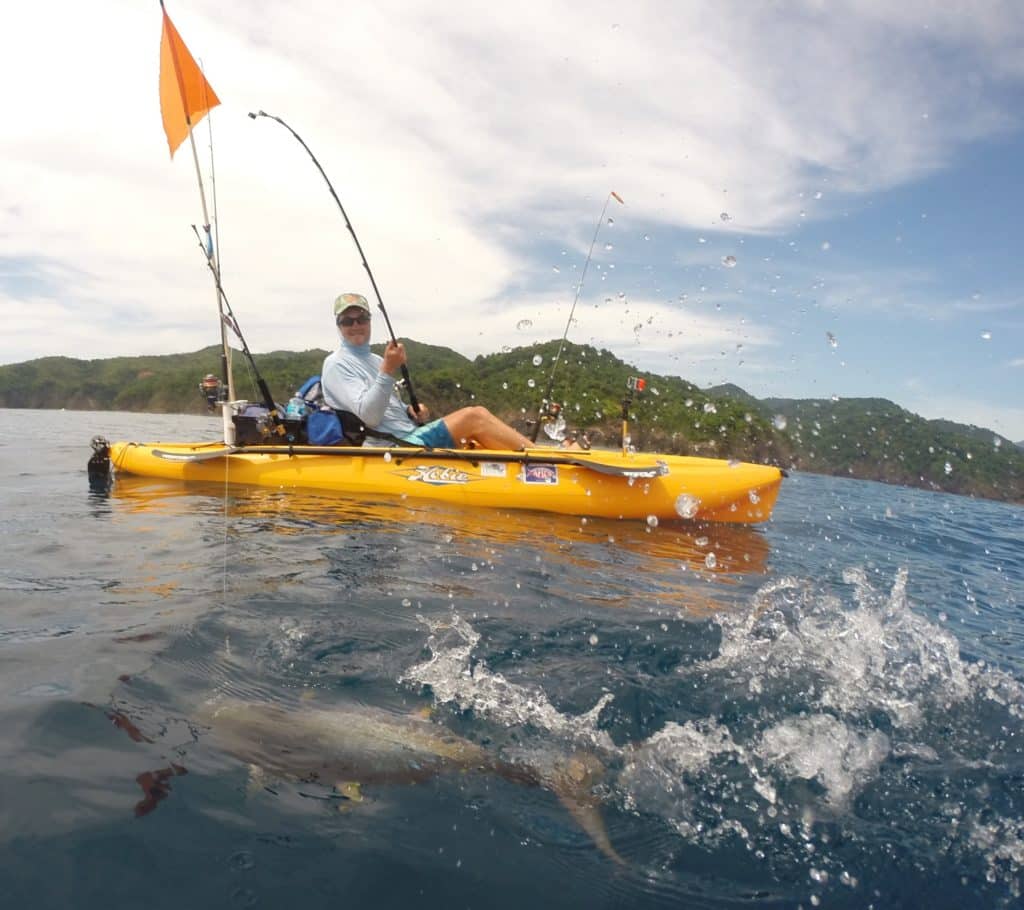
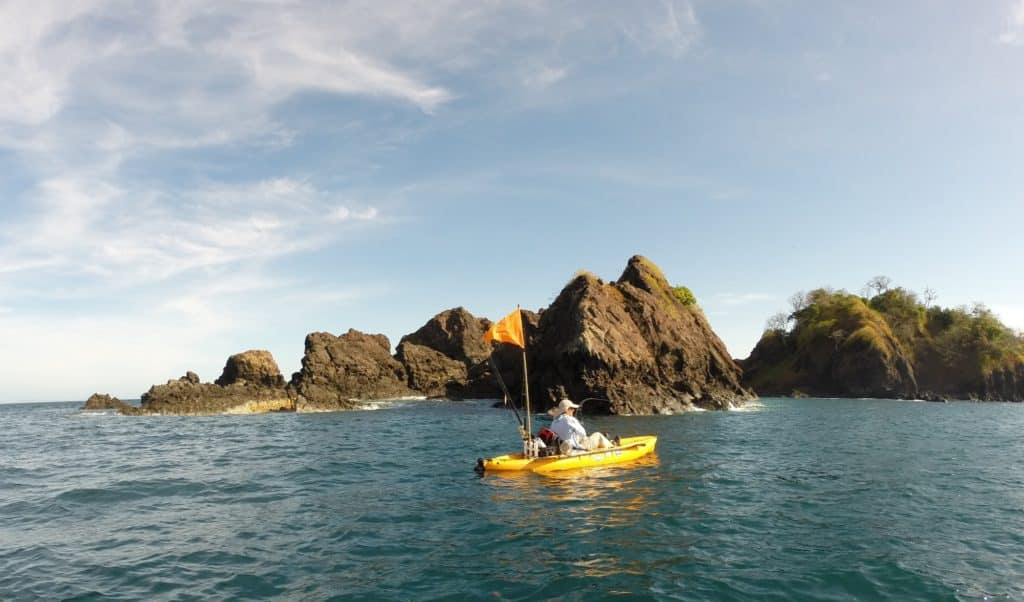
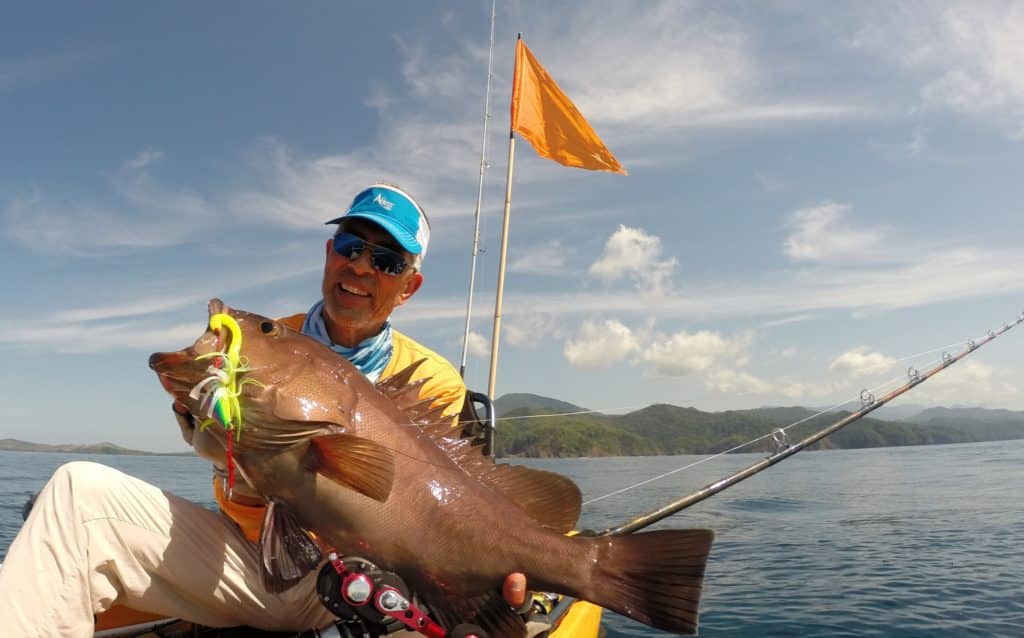
PANAMA SPORTFISHING LODGE (843-816-7663)
Located at Boca Chica on the Gulf of Chiriquí, Panama Sportfishing Lodge opened its doors in 2008. Contact owner John de la Cruz.
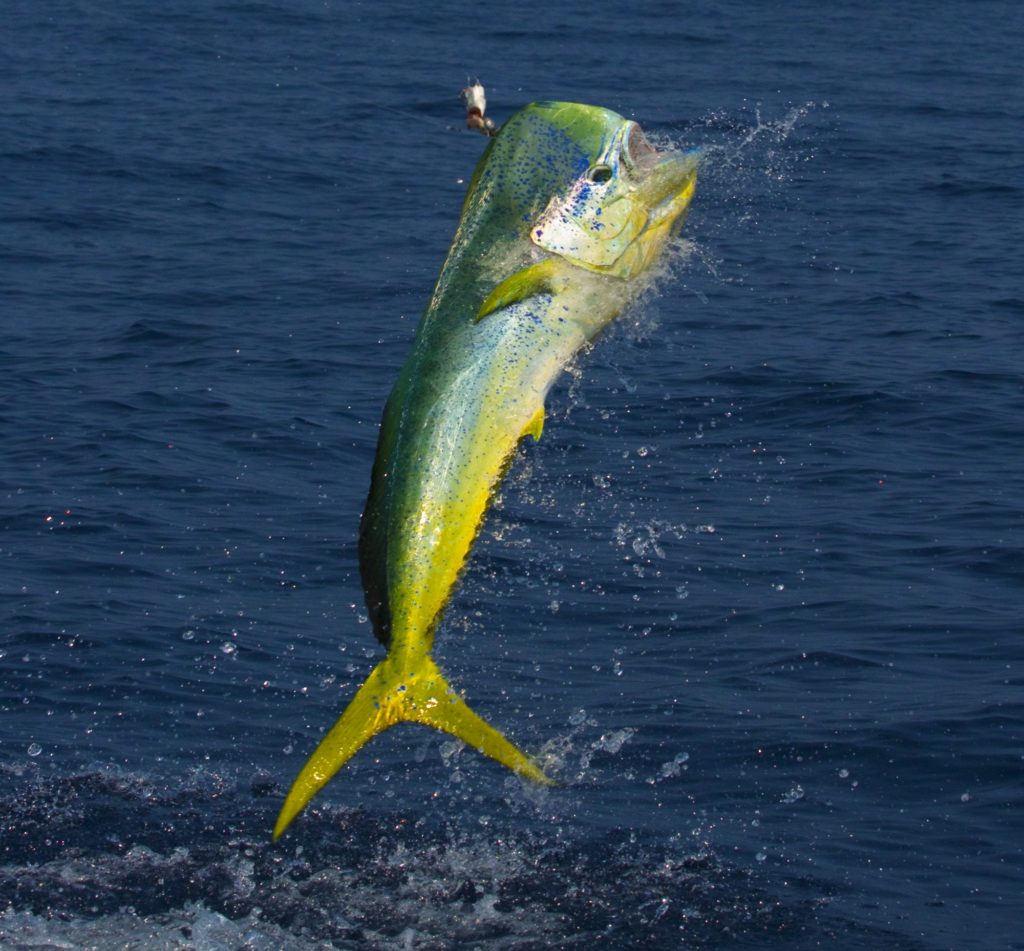
From Panama City: Fly to David, where hotel staff will drive you to the nearby marina, where a boat will take you fishing or to the lodge first.
Accommodations: 14 double rooms can accommodate 28 guests.
Sport-Fishing Fleet: Nine boats: a variety of center-consoles, expresses and convertibles from 29 to 34 feet.
Tackle: For trolling, live-baiting, or jigging and popping, Shimano reels: Tiagras, Torsas, and Trinidads and Stellas. Rods are Shimano, OTI and Black Hole.
Primary Fishing Grounds: The Gulf of Chiriquí including Hannibal Bank, Coiba Island and the gulf’s many other islands.
Distance to Fish: 15 to 60 miles from the lodge.
Season: Open year-round.
Comments: Recently the lodge introduced a mothership option that sleeps eight and offers anglers multiday trips to Coiba and the outer Gulf of Chiriquí.
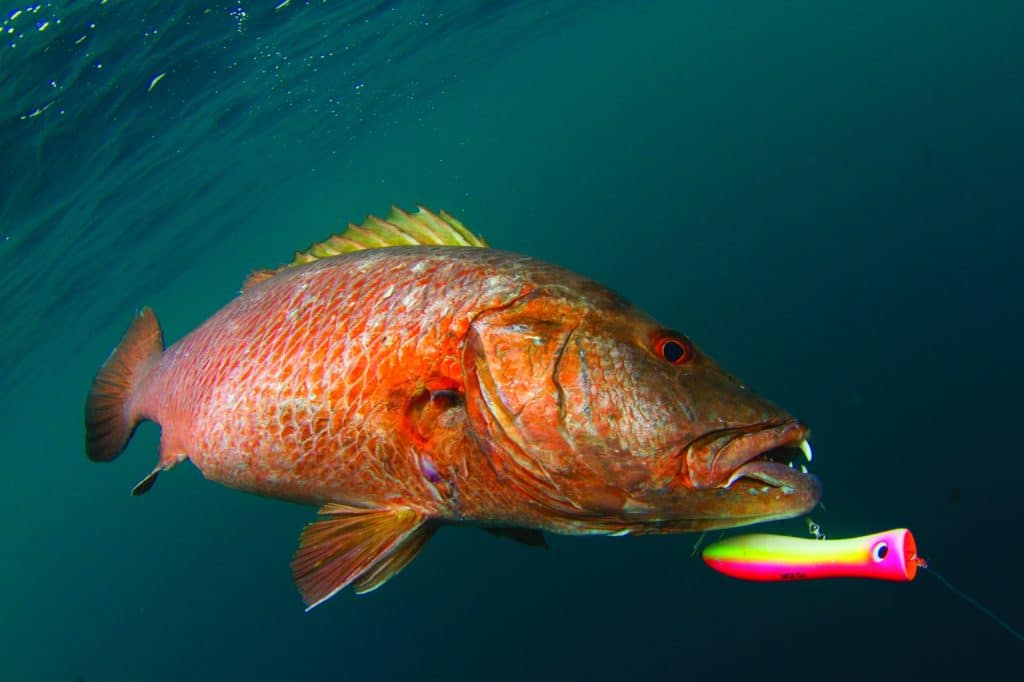
PANAMA YACHT AND FISHING CHARTERS (011-507-6780-3346)
PYFC, the country’s newest fishing lodge (since 2014) is also its most diverse, with a mothership that fishes both Pacific and Atlantic coasts of Panama. Contact manager Hennie Marais.
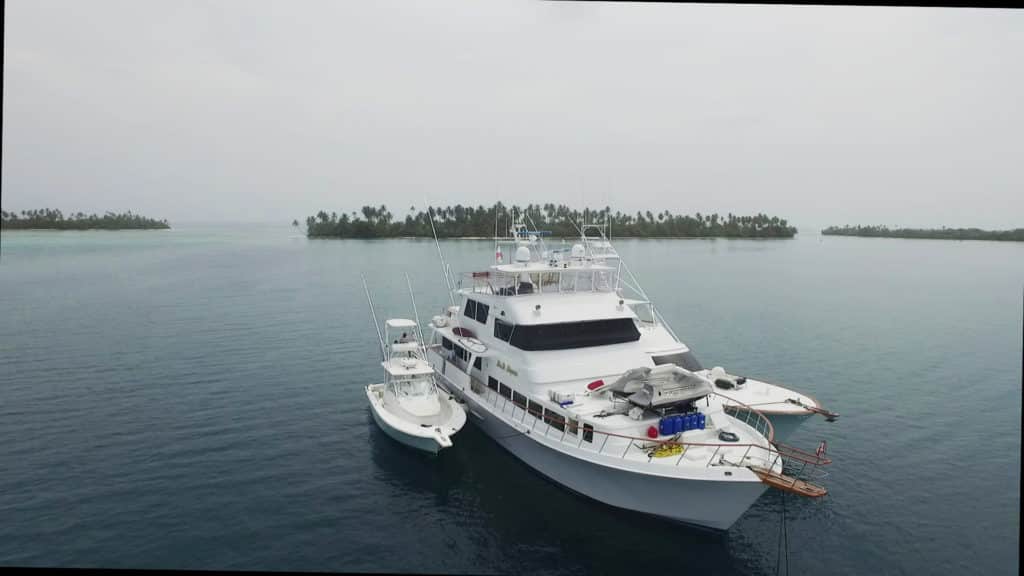
From Panama City: Varies depending upon where anglers will be meeting the mothership.
Accommodations: Five guest cabins on the mothership and two more on a 66-foot sport fisher can sleep 10 to 12 anglers in total.
Sport-Fishing Fleet: 98-foot Knight & Carver yacht (the mothership), accompanied by a 66-foot Buddy Davis, a 37-foot Strike walkaround and a 17-foot skiff.
Tackle: “Full range for spinning and trolling, much of that new Shimano gear.”
Primary Fishing Grounds: Las Perlas Islands and Coiba in the Pacific; Bocas Del Toro and the San Blas in the Atlantic, depending upon time of year.
Distance to Fish: Highly variable depending upon where the mothership is anchored and what anglers are targeting. Very generally, likely to be from 5 to 20 miles.
Season: Trips can be booked year-round.
Comments: One of Panama’s high-end fishing options and certainly the most flexible. In 2015, PYFC also became a Guy Harvey Outpost.
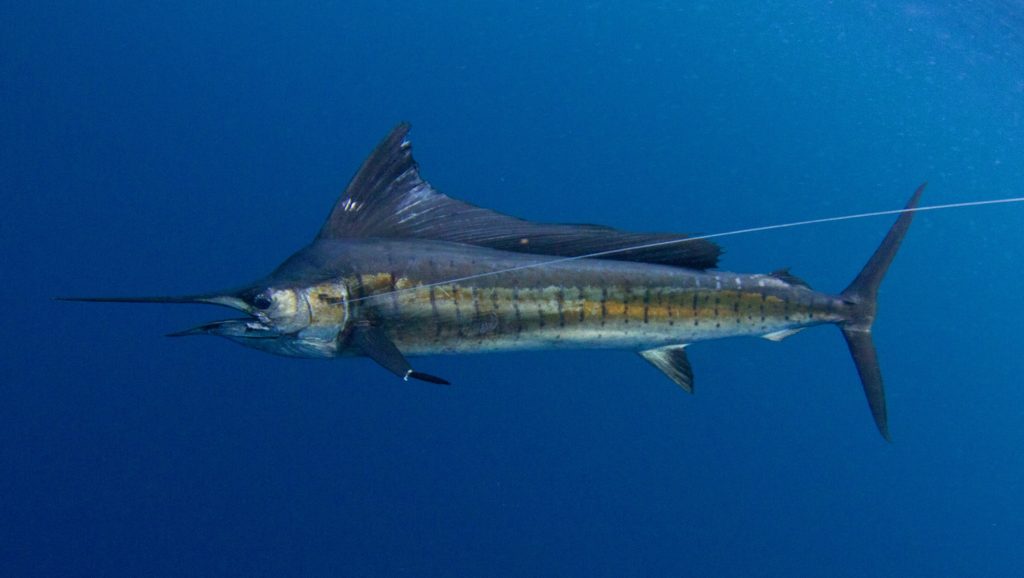
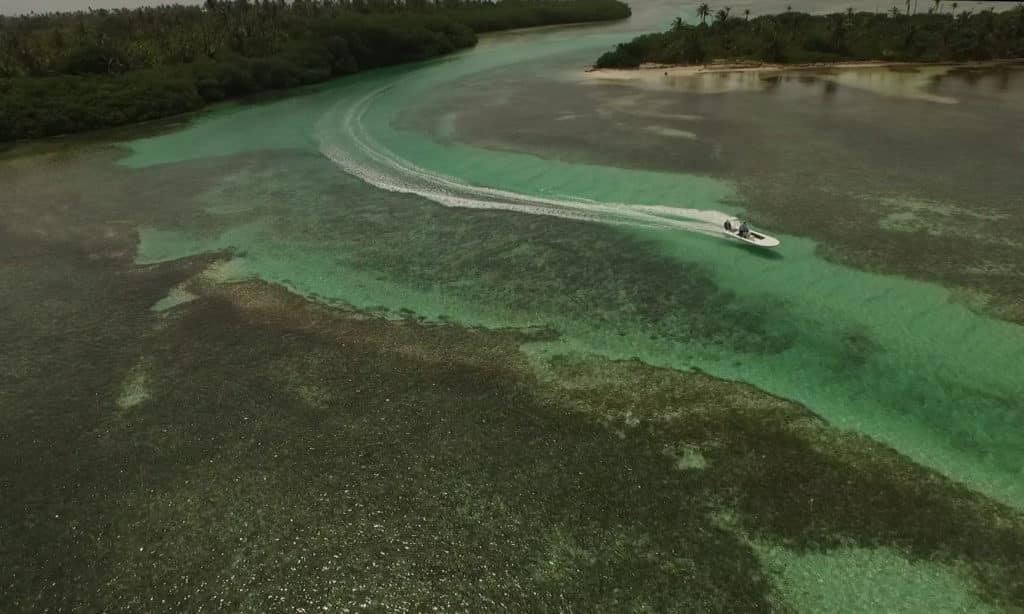
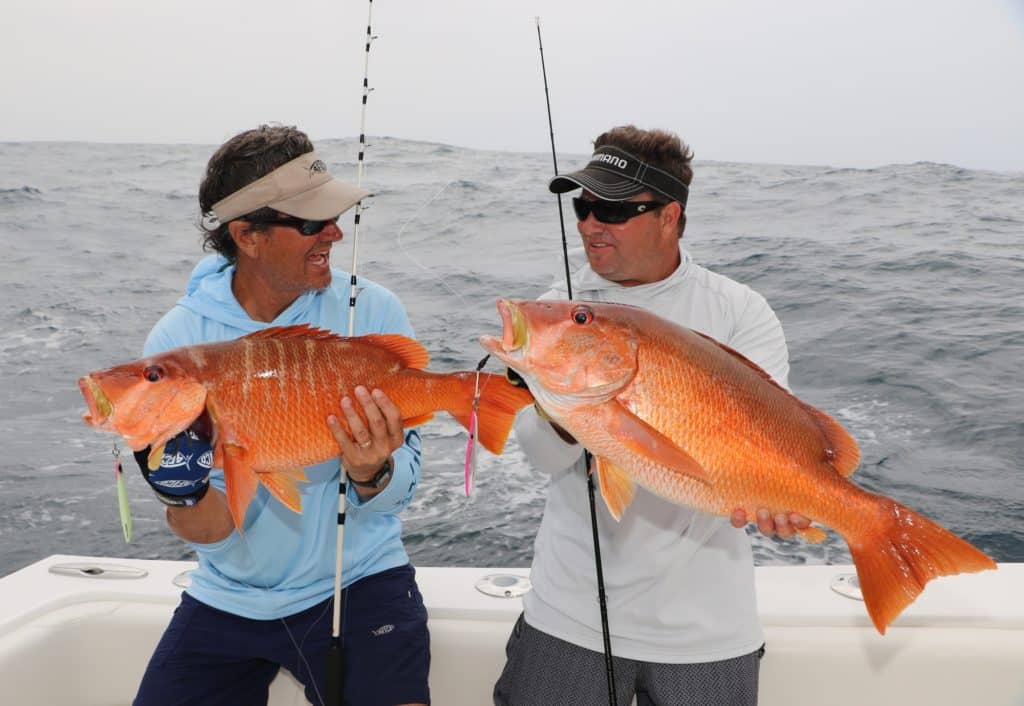
Pêche Panama
Pêche Panama‘s lodge, smaller and more intimate than most, has been operating since 2008 in Boca Chica. Contact owner Olivier Charpentier.
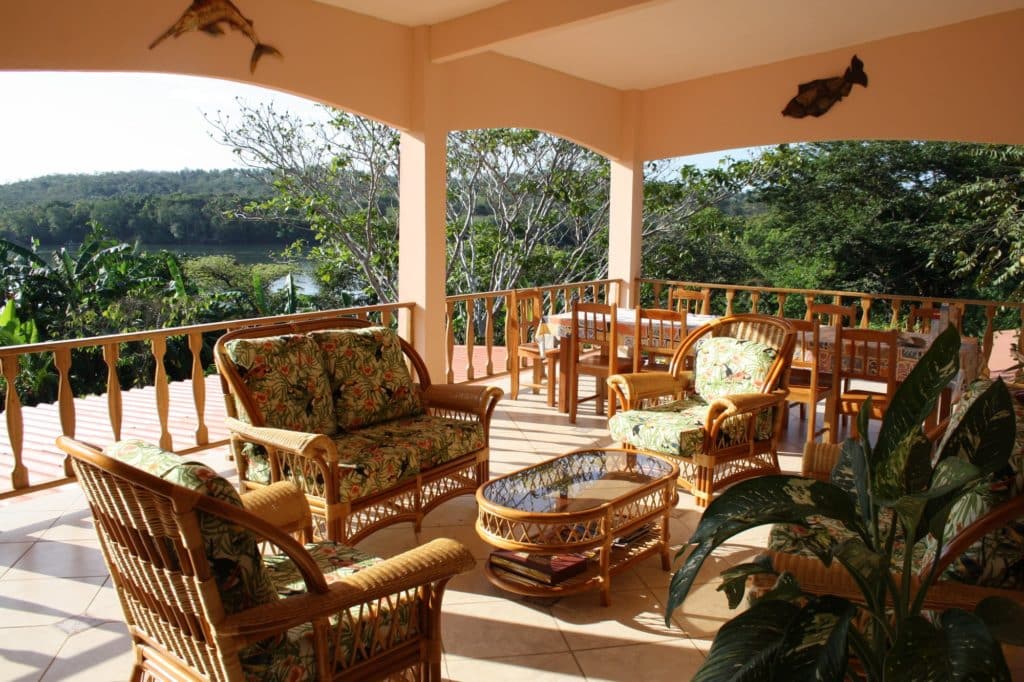
From Panama City: As with other Boca Chica resorts, most visitors fly in to David, though some prefer the 6½-hour drive.
Accommodations: Three rooms for up to six anglers.
Sport-Fishing Fleet: One 28- and one 26-foot Caribe Pro center-console with twin Suzuki 140s and 115s.
Tackle: 50- and 80-pound-class trolling outfits; Shimano Stellas and Saragosas with 80-pound braid for popping and jigging.
Primary Fishing Grounds: Primarily islands in the upper Chiriquí (including Secas, Ladrones, Parida) for roosters and cubera, and Hannibal Bank and Montuosa Island for billfish and tuna.
Distance to Fish: 20 to 60 miles.
Season: Open December through June.
Comments: Adventurous anglers should see Pêche Panama’s website for the option to stay at and fish from the lodge’s base camp on Montuosa Island, in the heart of some of Panama’s wildest big-fish waters — a long run from most land-based lodges.
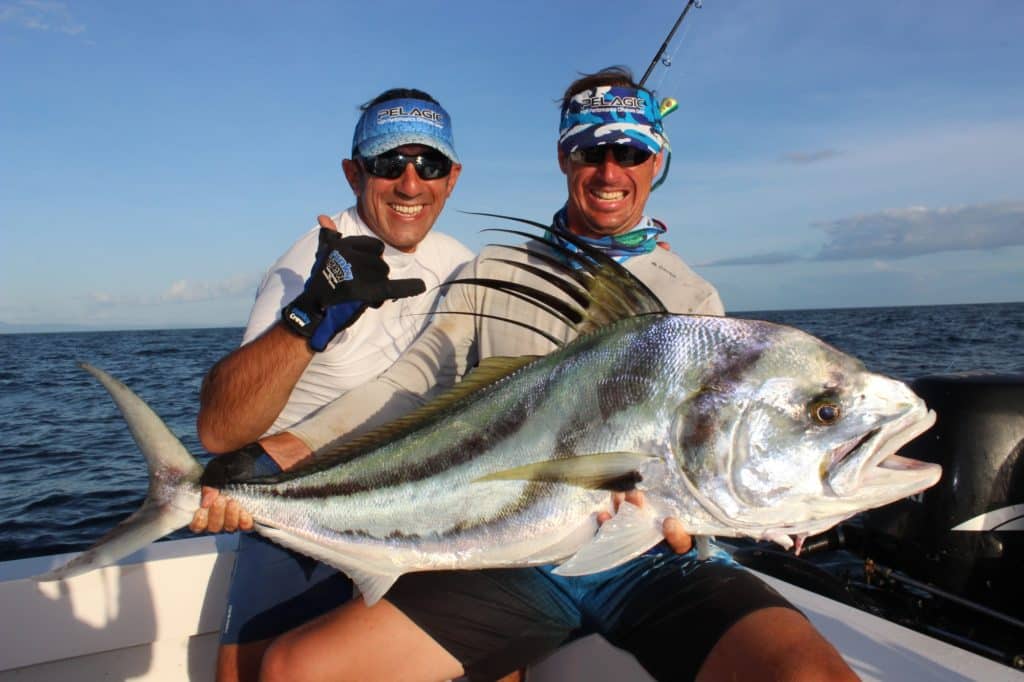
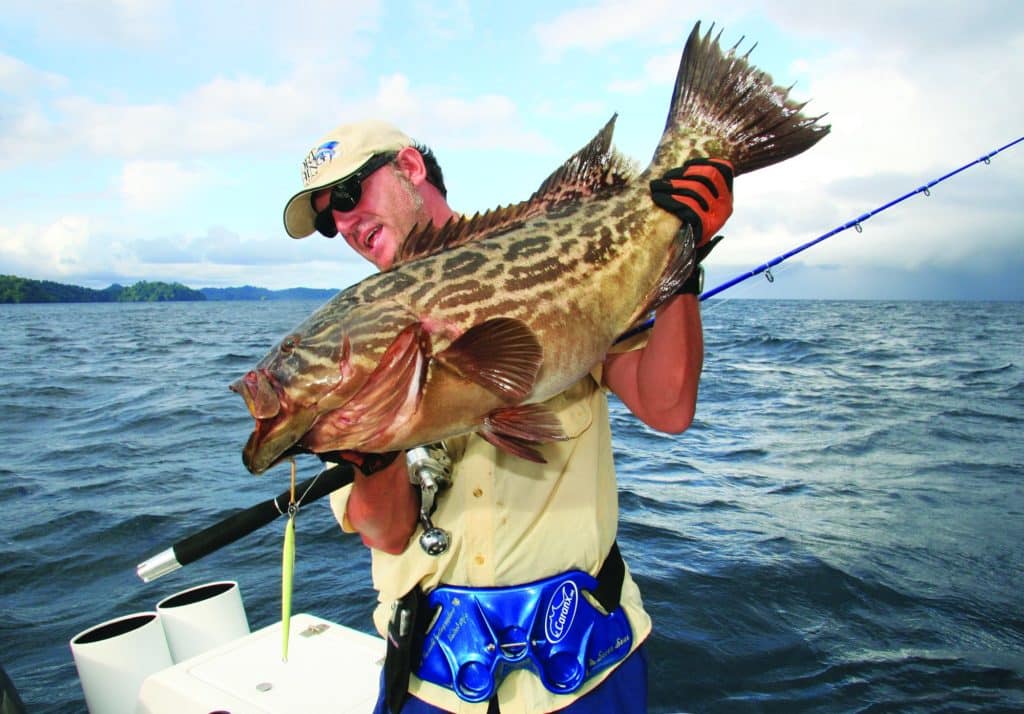
PROPIEDAD DE PARADISE LODGE (866-245-1492)
Propiedad de Paradise has a proximity advantage: Its location, on Isla Parida in the Gulf of Chiriquí, shortens the run to Hannibal, Coiba and Montuosa. It’s operated here since 2006. Contact Shane Jarvis, skipper and co-owner.
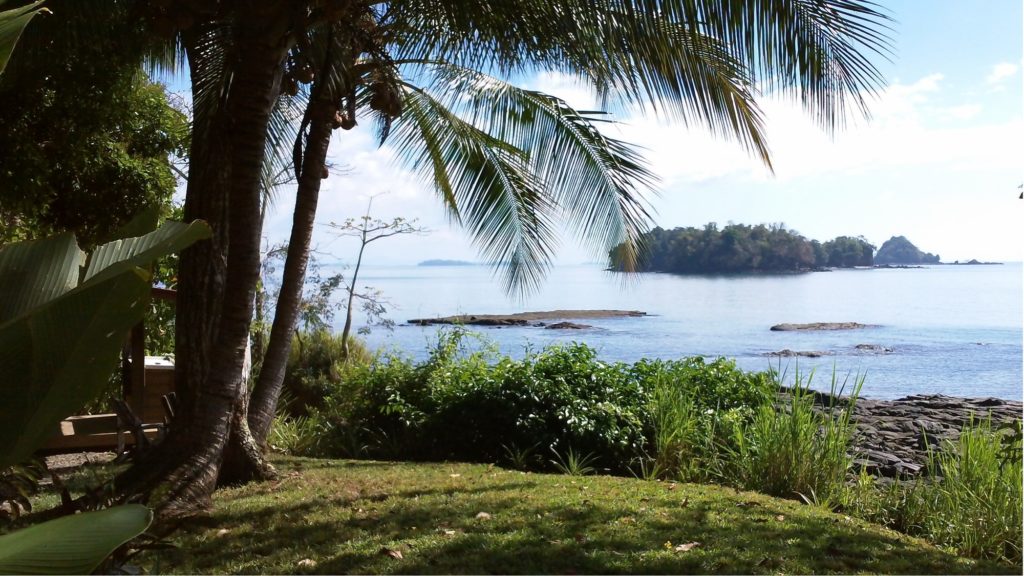
From Panama City: As with other area resorts, most anglers fly in to David; from the marina there, it’s an hour to Isla Parida by boat.
Accommodations: The lodge uses a guesthouse with two bedrooms, each with four beds.
Sport-Fishing Fleet: A 33-foot World Cat with twin Suzuki 300s, and a 25-foot Seacraft center-console with twin Suzuki 140s.
Tackle: Shimano: conventionals — Tiagra 50s and 80s and Talicas; spinning — Saragosas with Terez rods.
Primary Fishing Grounds: The entire Gulf of Chiriquí.
Distance to Fish: From in front of the lodge to Islas Ladrones (15 miles) to Hannibal Bank and Isla Montuosa (approximately 40 miles).
Season: Open year-round.
Comments: PDP Lodge works with only one group at a time.
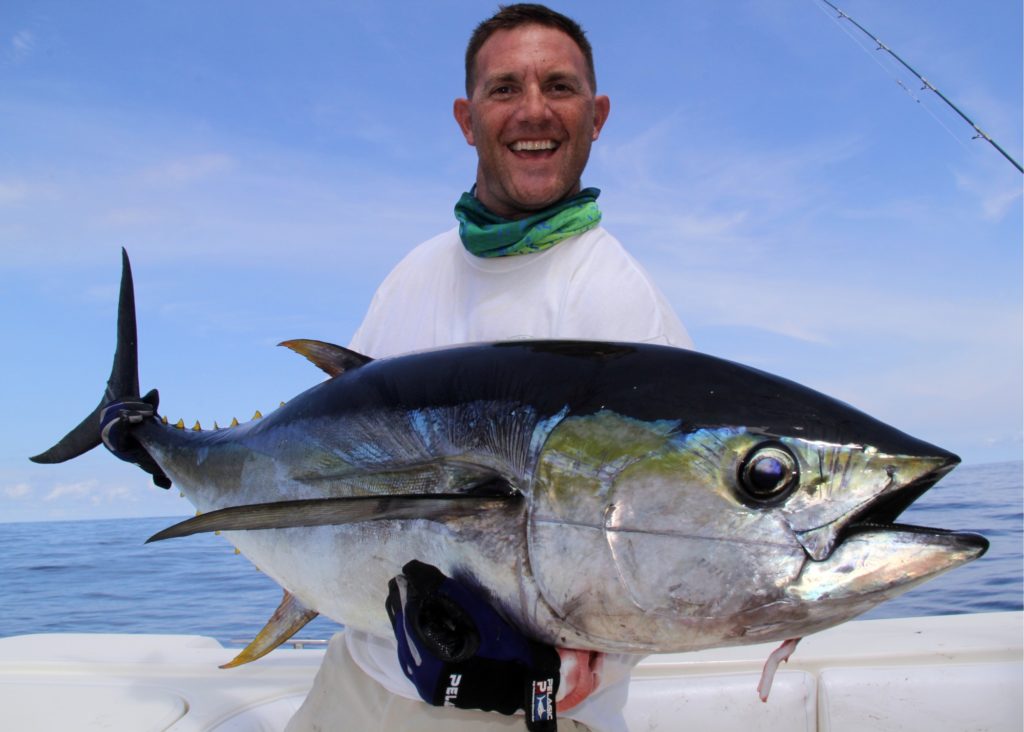
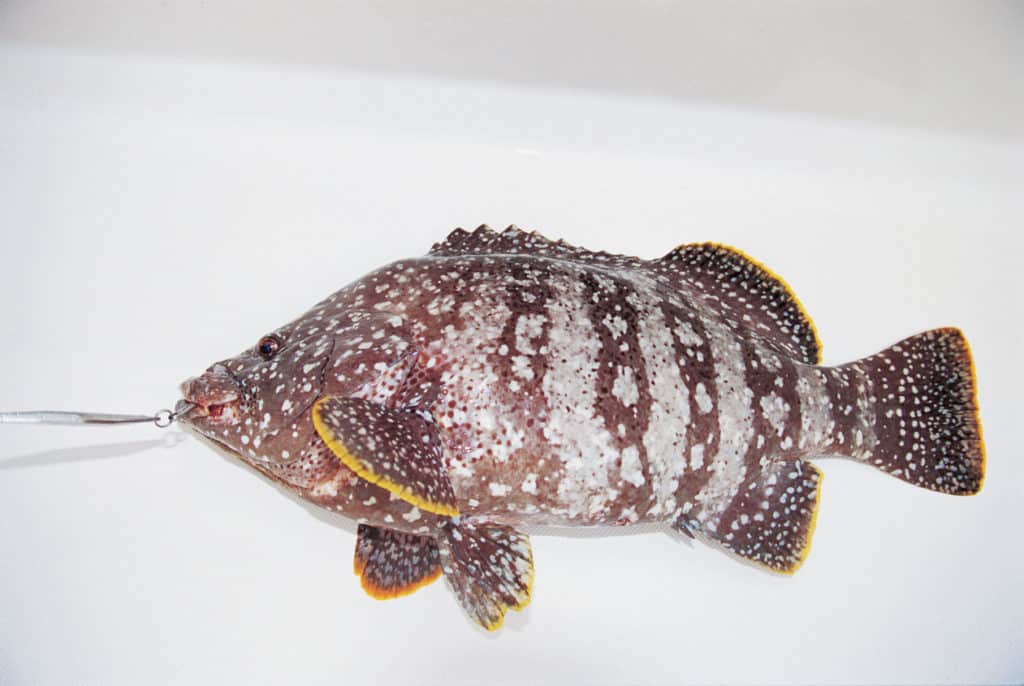
TRANQUILO BAY ECO ADVENTURE LODGE (719-589-6952)
One of the few lodges catering to anglers who want to sample Panama’s productive Caribbean coast, Tranquilo Bay is the largest resort in the pristine Bocas del Toro. It’s been operating since 2005. Contact Jim or Renee Kimball or Jay Viola, owners/operators.
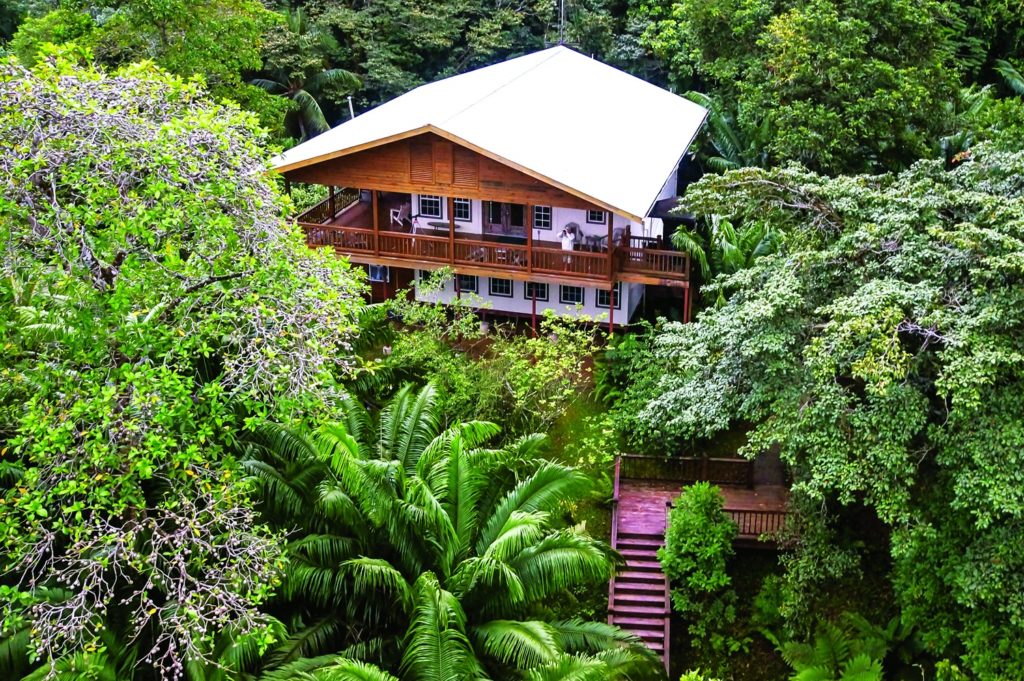
From Panama City: A 50-minute flight to Isla Colón followed by a short boat ride to the lodge.
Accommodations:Six cabanas for up to 12 guests.
Sport-Fishing Fleet: One 25-foot SeaVee center-console with Yamaha 200, and one 25-foot Caribe center-console with Yamaha 200.
Tackle: Abu Garcia 5500 baitcasters with St. Croix rods (15-pound line), and Shimano Tekotas for offshore (30-pound line).
Primary Fishing Grounds: The mouth of the Changuinola and Sixaola rivers for tarpon and snook.
Distance to Fish: About an hour run.
Season: May through June, September through October.
Comments: Minimal fishing pressure in the region; owners built their impressive resort themselves.
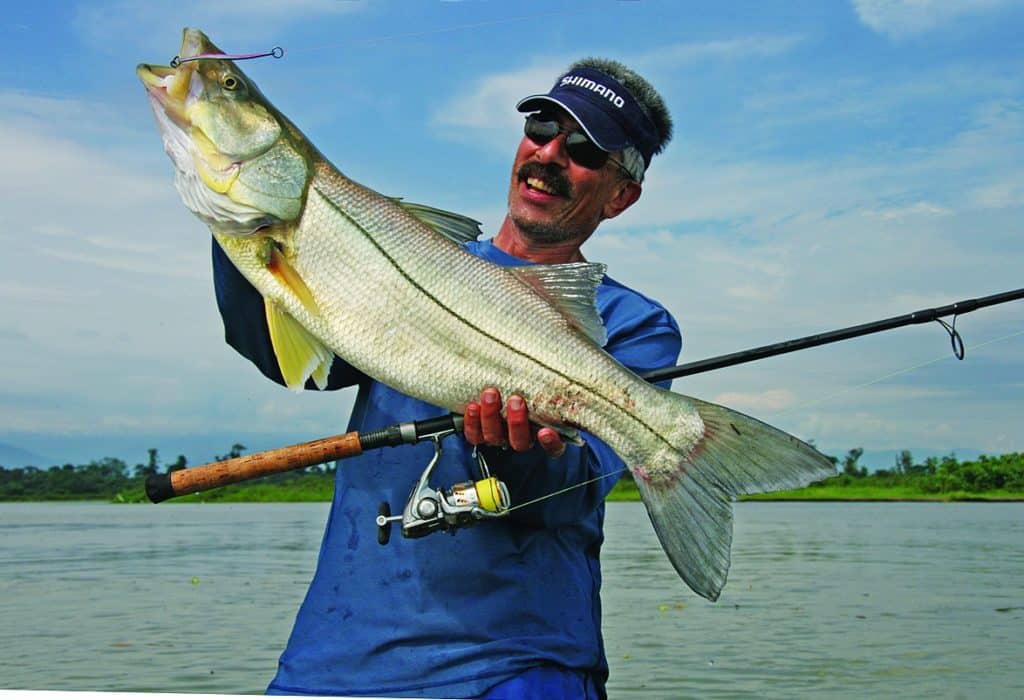
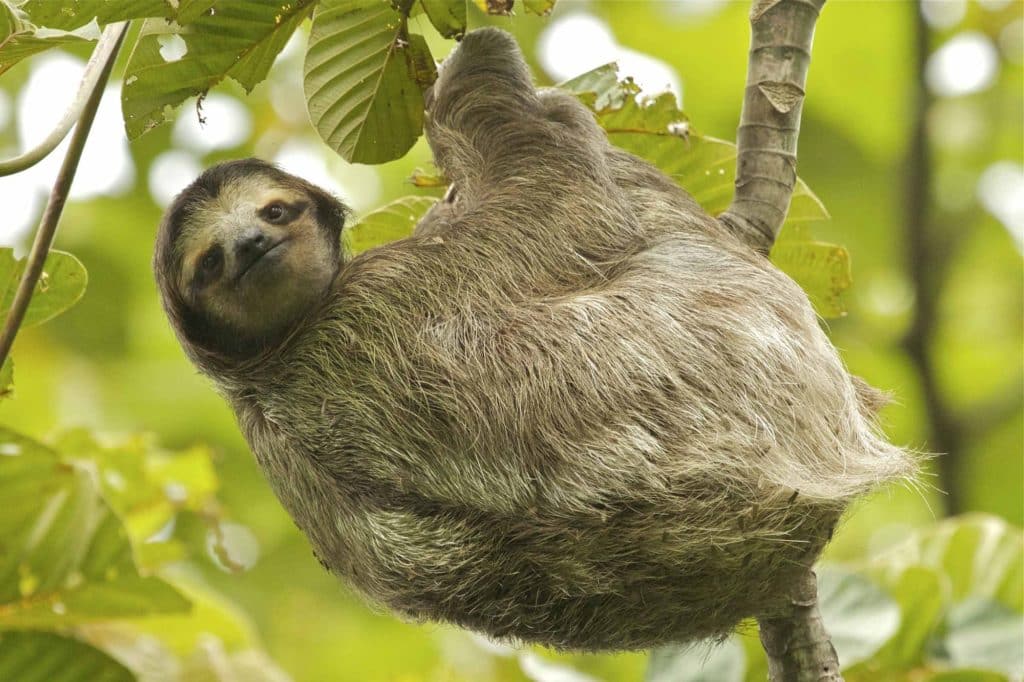
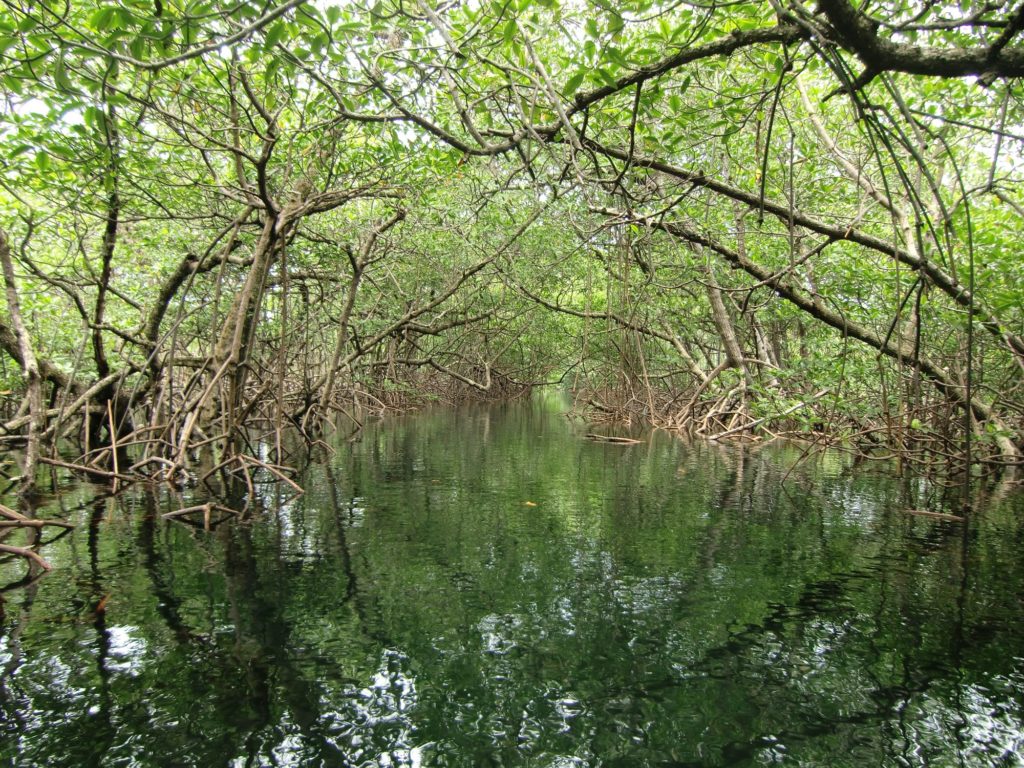
TROPIC STAR LODGE (800-682-3424)
If any one lodge seems synonymous with “Panama fishing,” it’s Tropic Star, located since 1963 on the edge of the Darien jungle, about 30 miles from Panama’s eastern border, near Piñas Bay. Contact Bonnie in the United States or fishing director Albert Battoo in Panama.
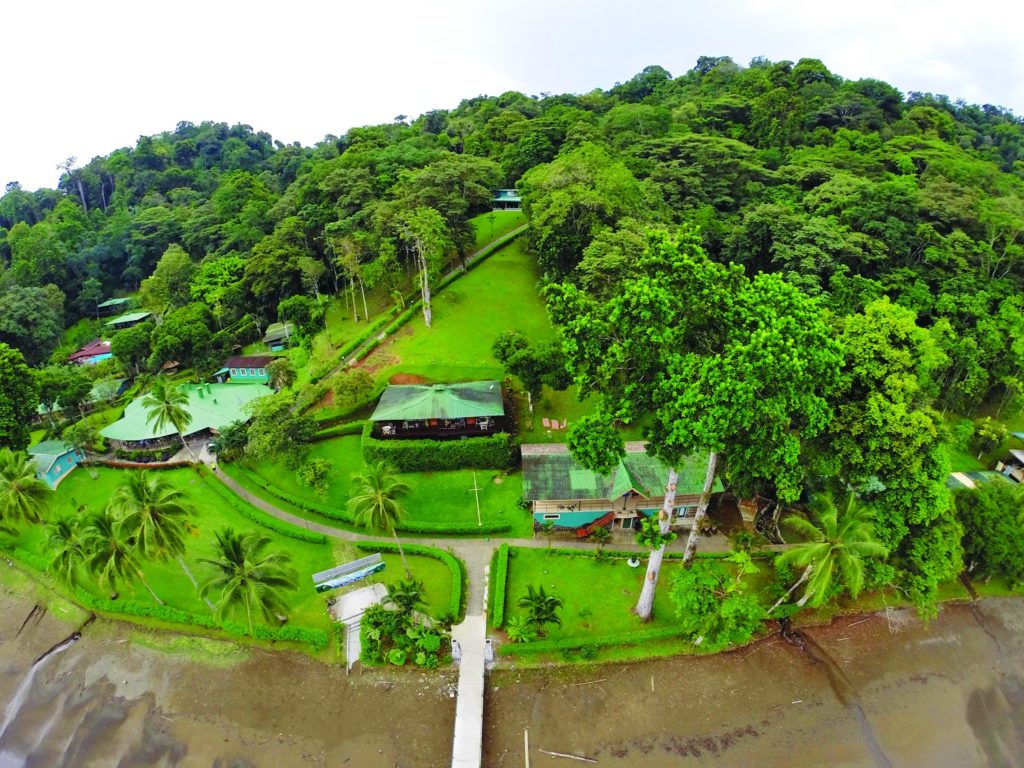
From Panama City: An hour flight from Albrook, Panama City’s domestic airport, to Piñas Bay, and then a short boat ride to the lodge.
Accommodations: Four two-room cabins, a house with eight rooms, and a three-bedroom “Palace.” In total, 38 guests can be accommodated.
Sport-Fishing Fleet: 16 Bertram 31s with twin diesels.
Tackle: Shimano — Tiagra 30s and 50s; Tyrnos with 16- to 20-pound mono; Spheros spinners with 65-braid for popping near the coast.
Primary Fishing Grounds: Adjacent coast and blue waters offshore, which include famed Zane Grey Bank, where large black marlin and yellowfin tuna come to feed.Distance to Fish: Typically 6 to 20 miles.
Season: December through September.
Comments: Tropic Star prides itself on being a world-class resort, widely renowned and multiple-award-winning. It offers a long list of amenities (see its website). Many big names have shown up on its guest list (e.g., John Wayne, Fuzzy Zoeller, Guy Harvey).
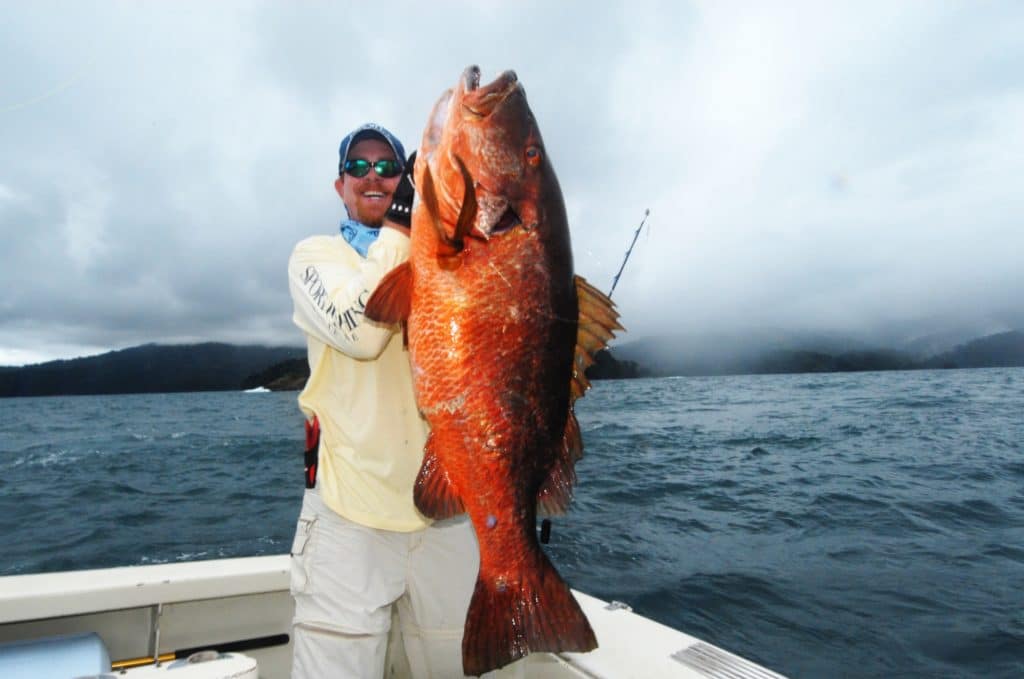
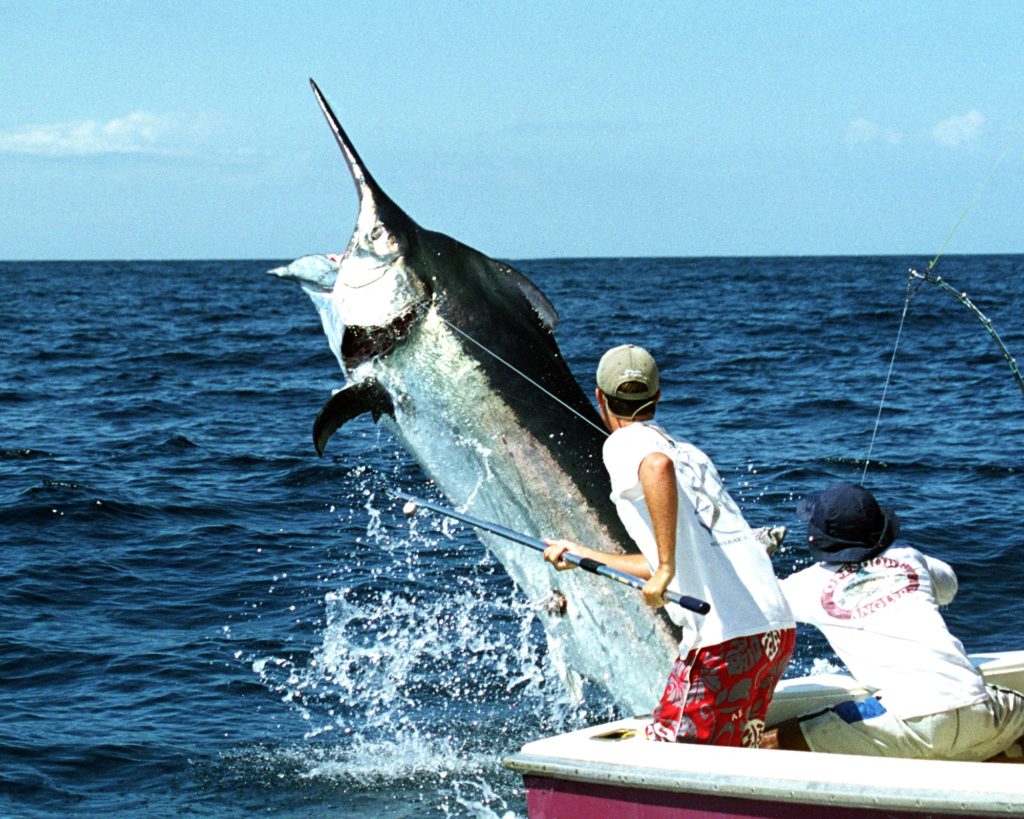
EVEN MORE FISHING OPERATIONS
While most major fishing resorts are included in this gallery, at least a couple resorts I’m aware of were unable to get back to me with information for this article, but they’re worth a look!
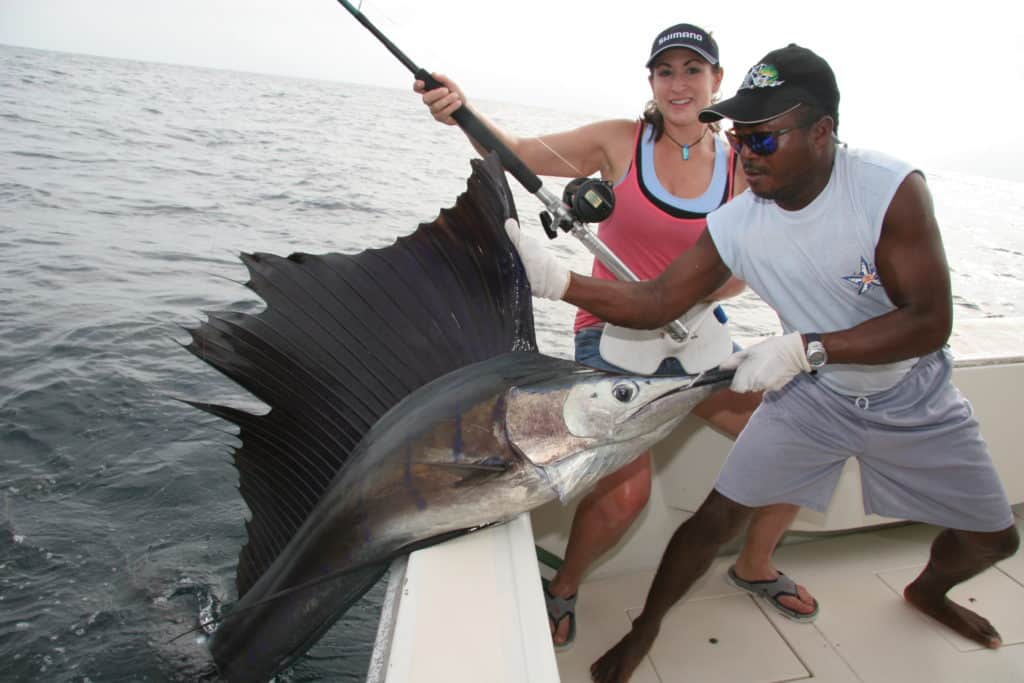
One is Pesca Panama, a small, hospitable floating resort which puts anglers in the heart of Gulf of Chiriquí action. Another is the Panama Big Game Fishing Club, located on Isla Boca Brava on the upper (northern) coast of the Gulf of Chiriquí.








